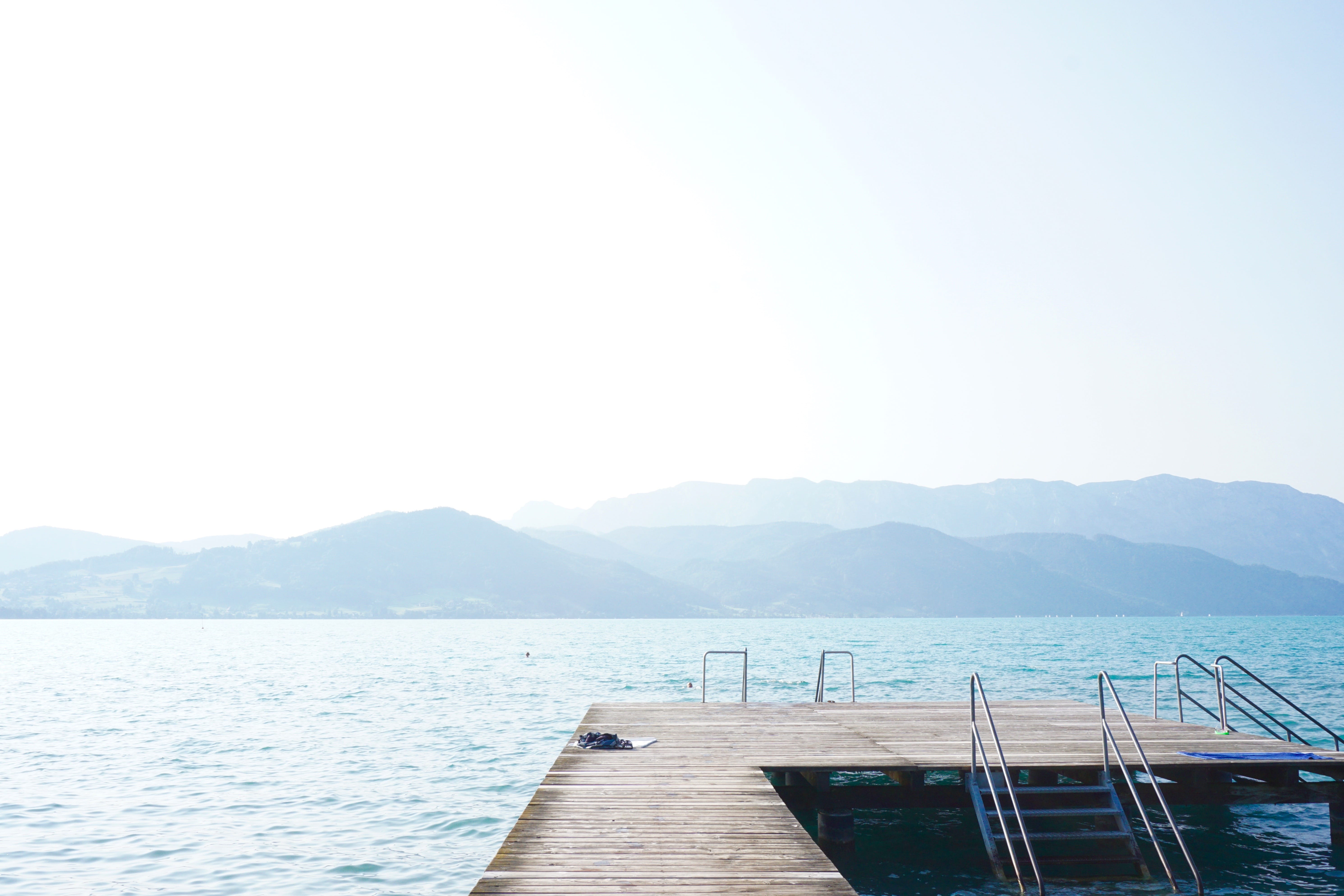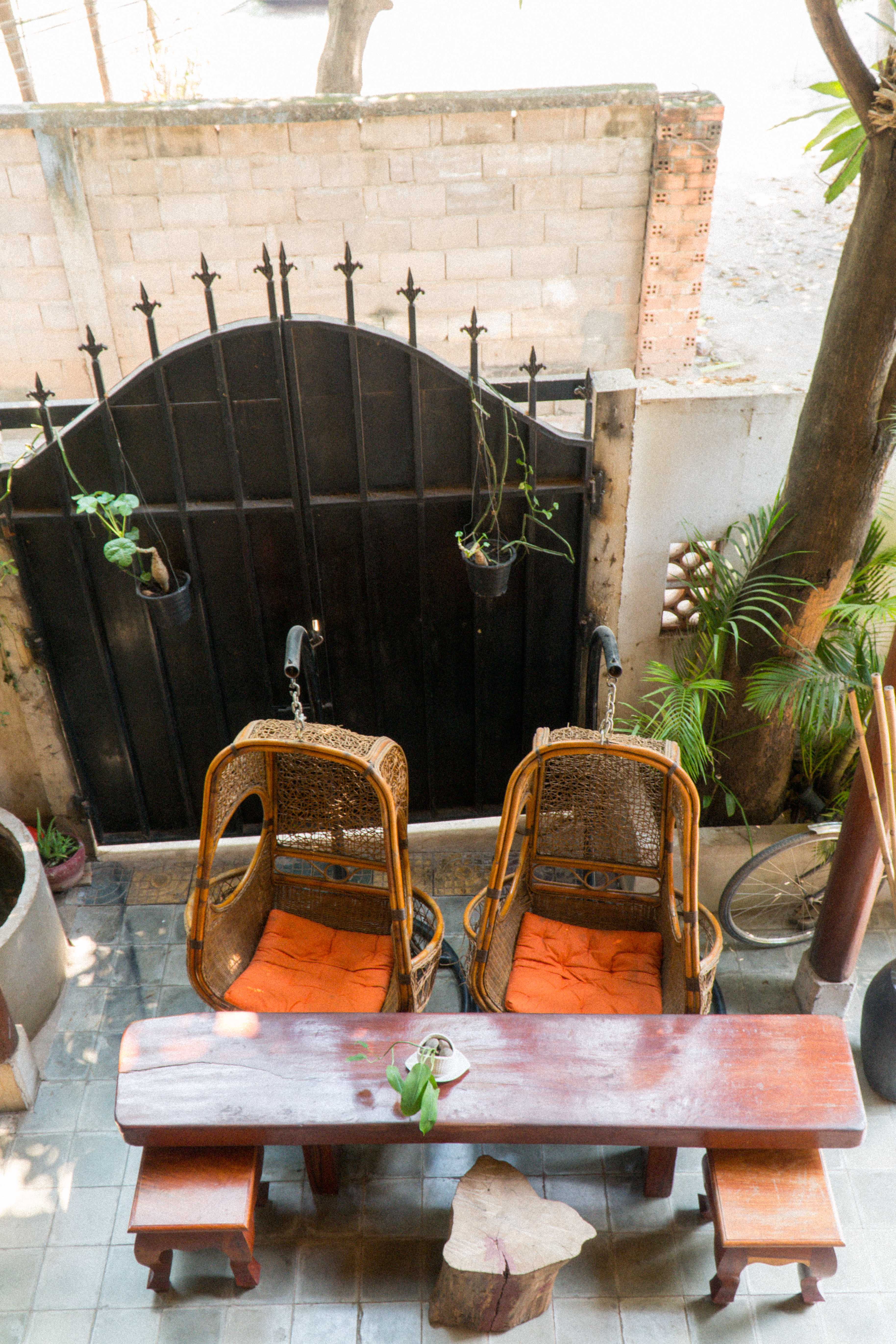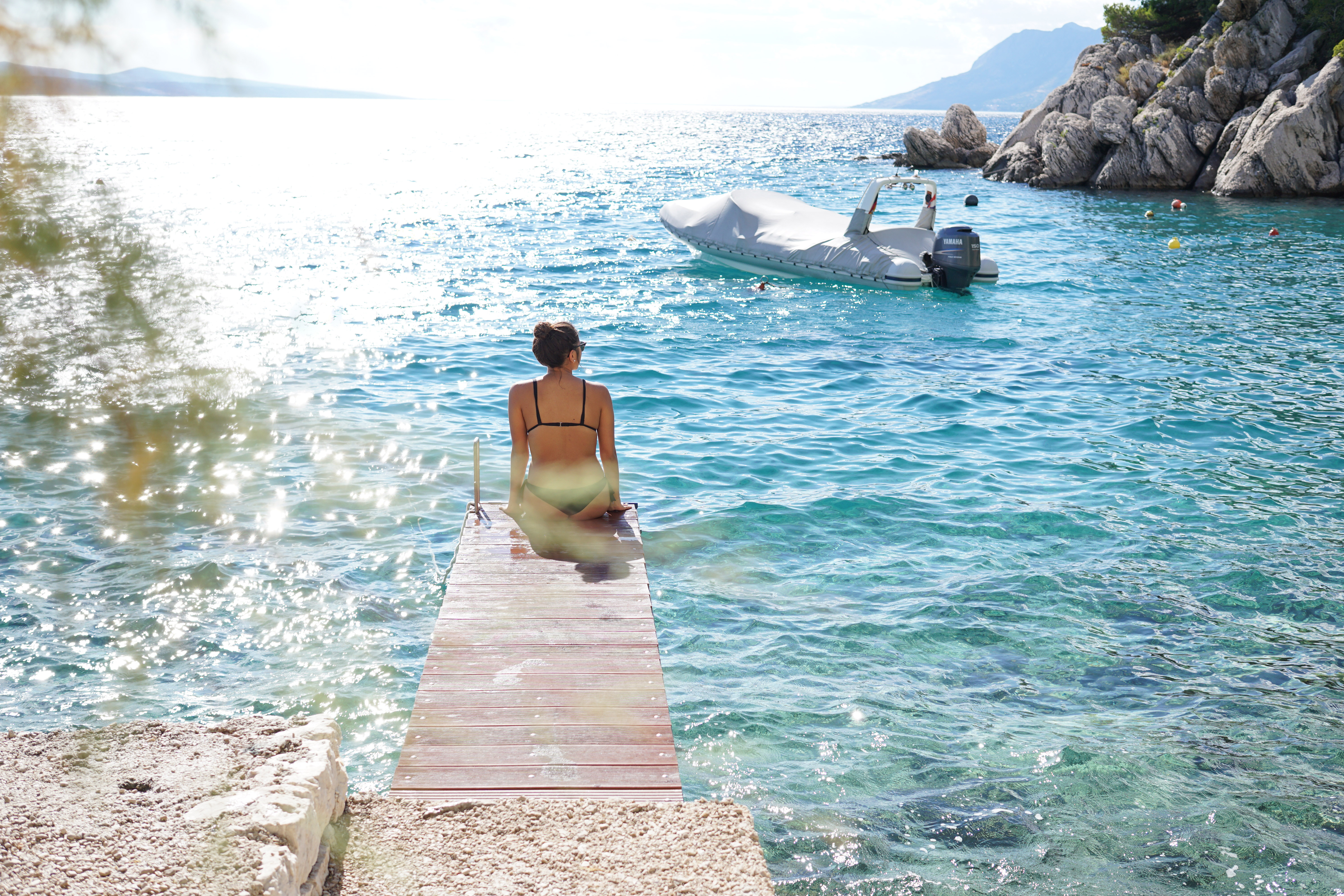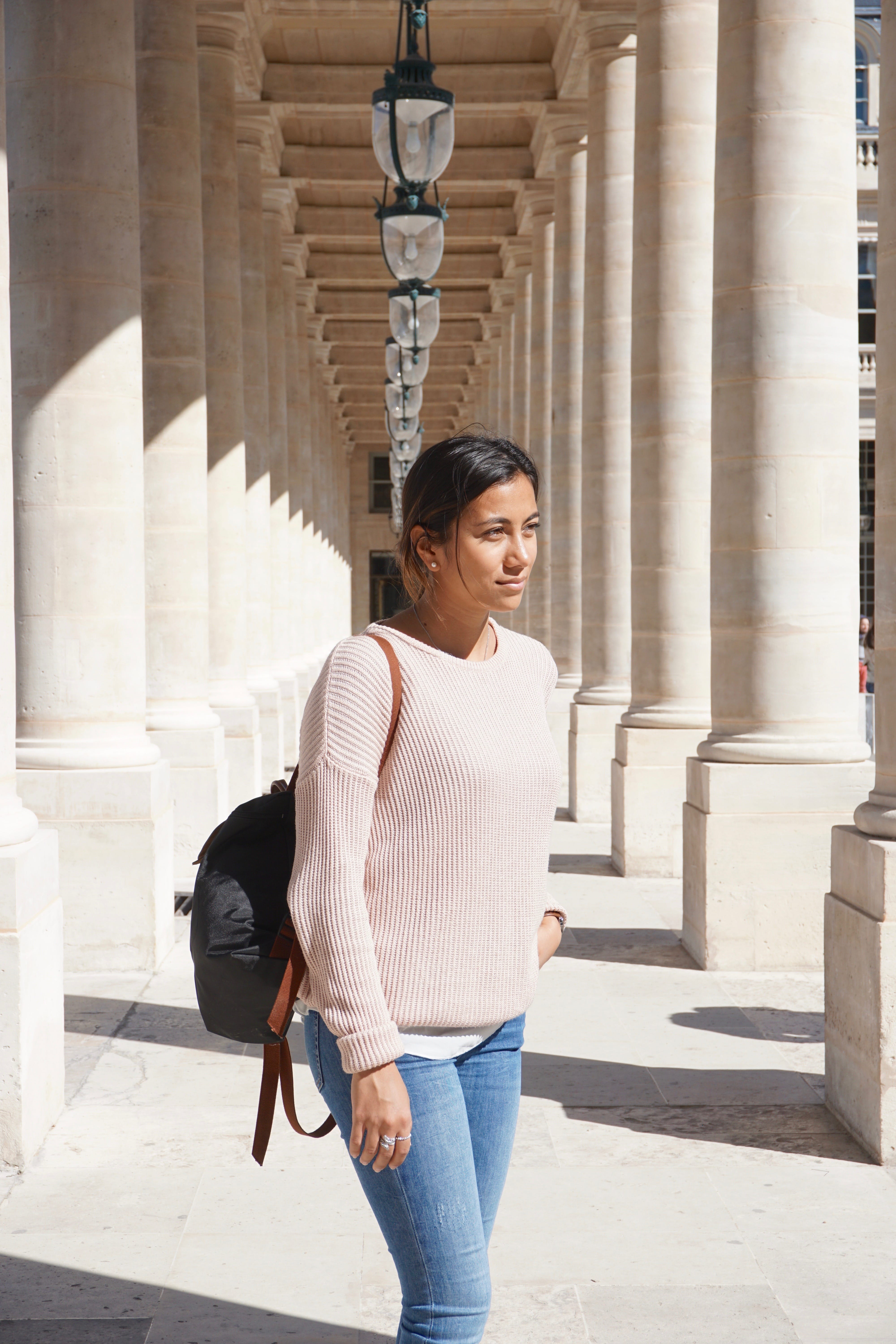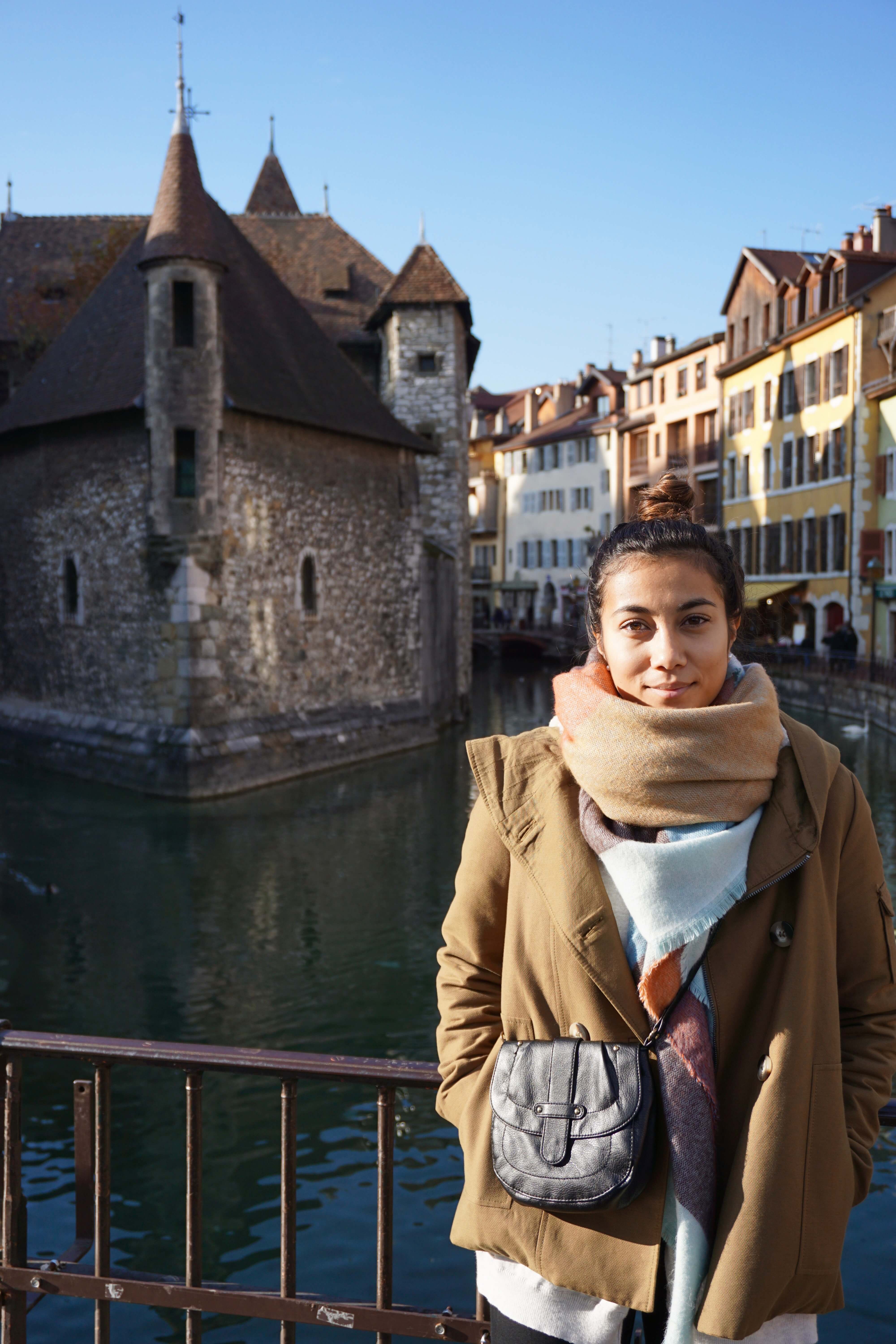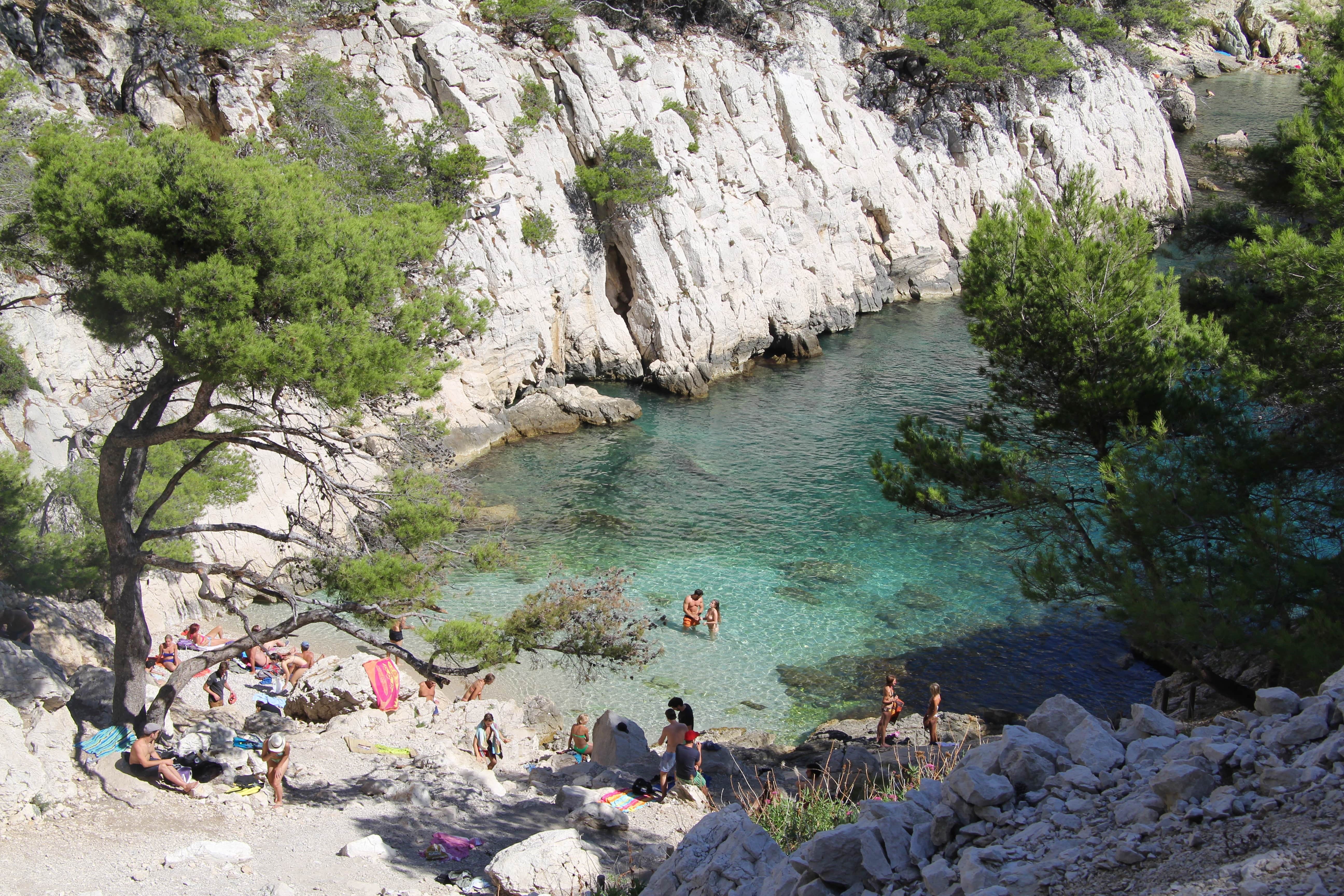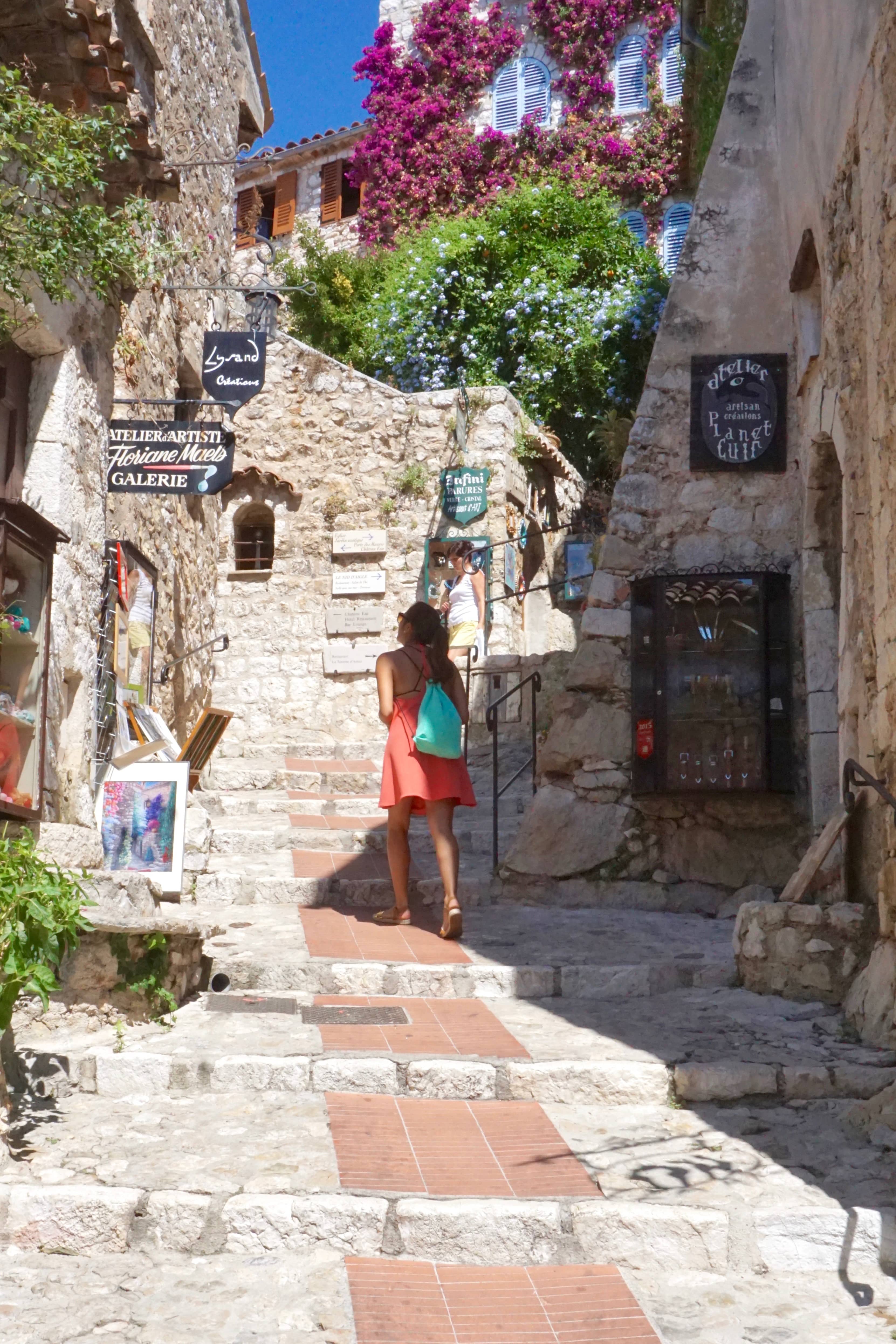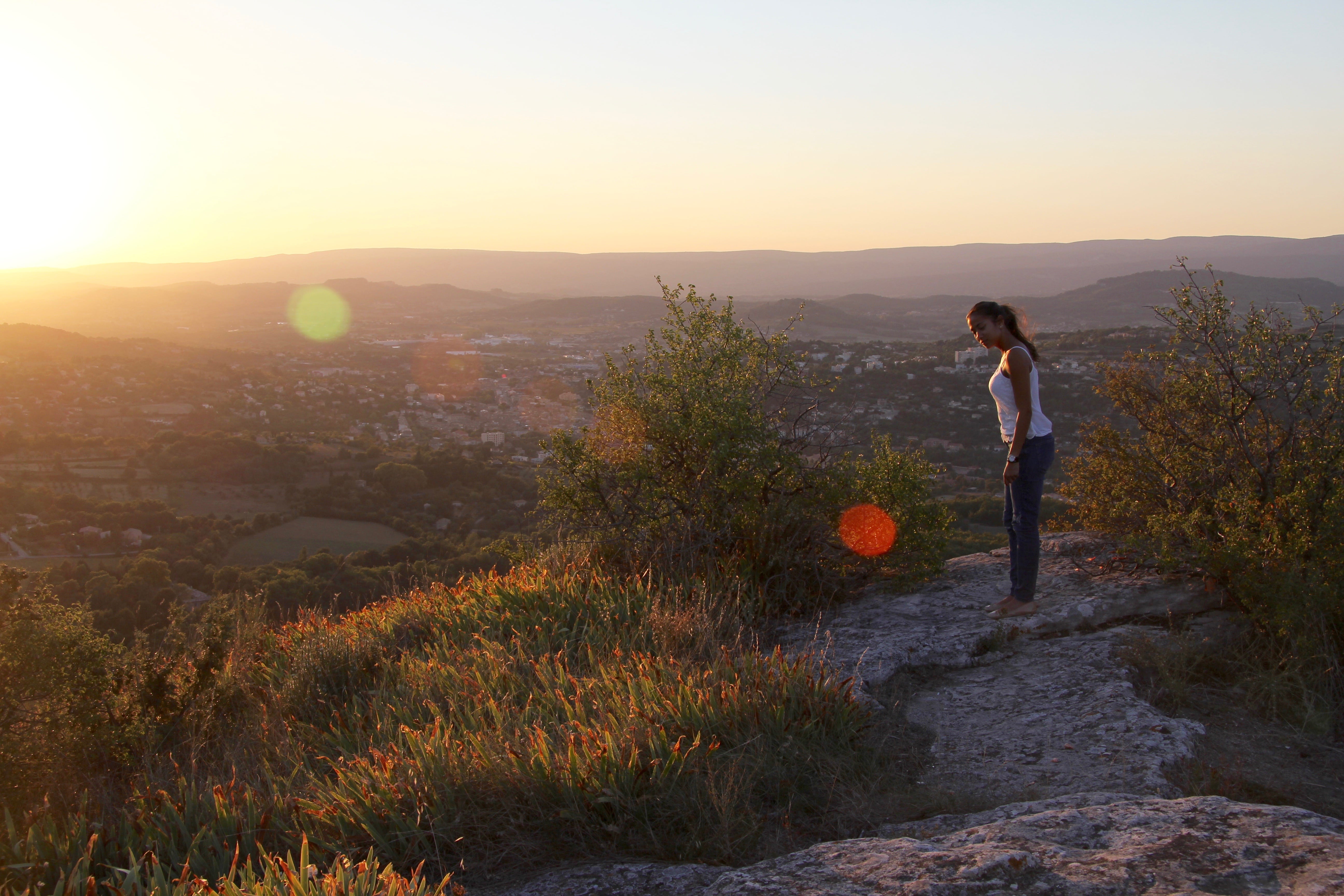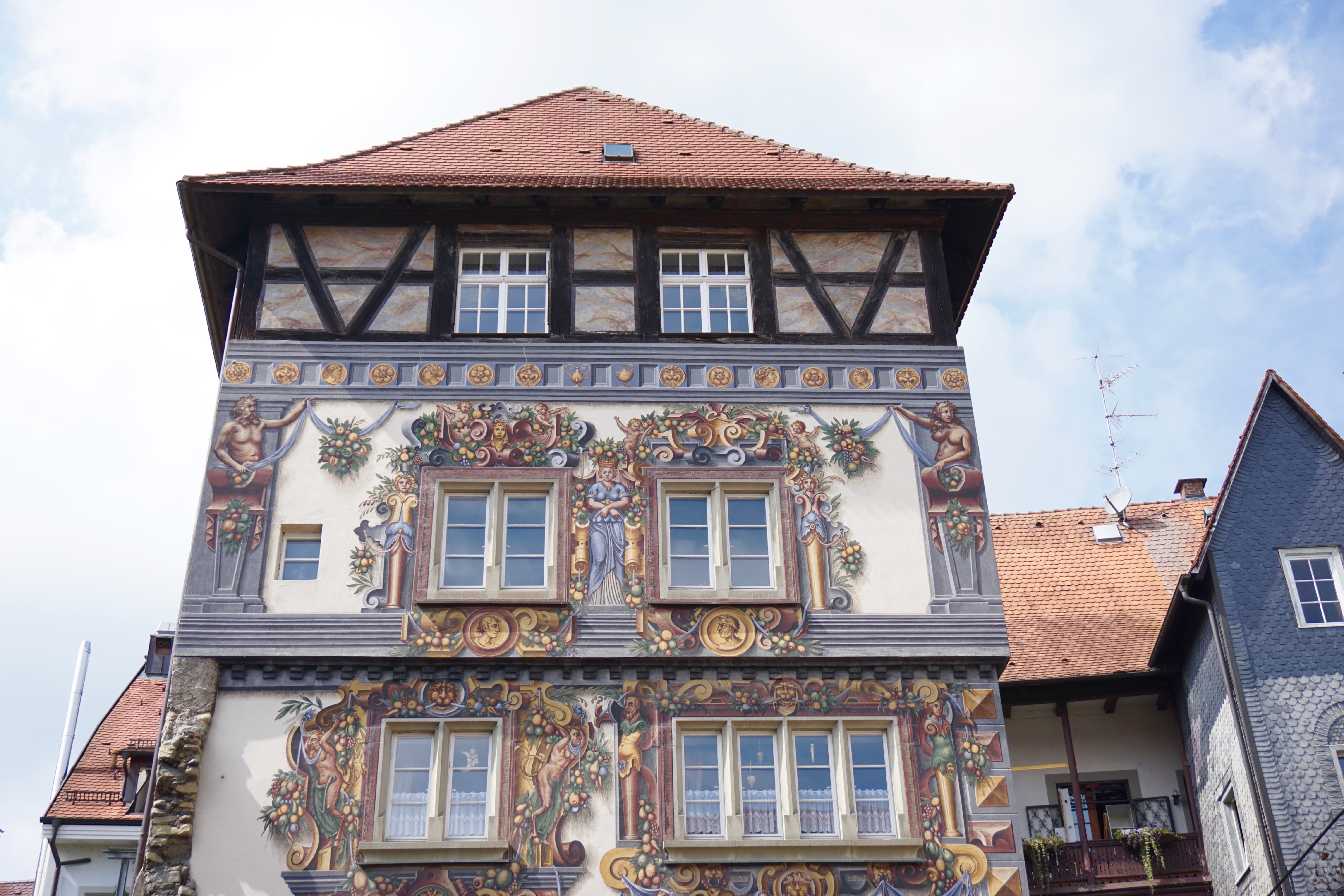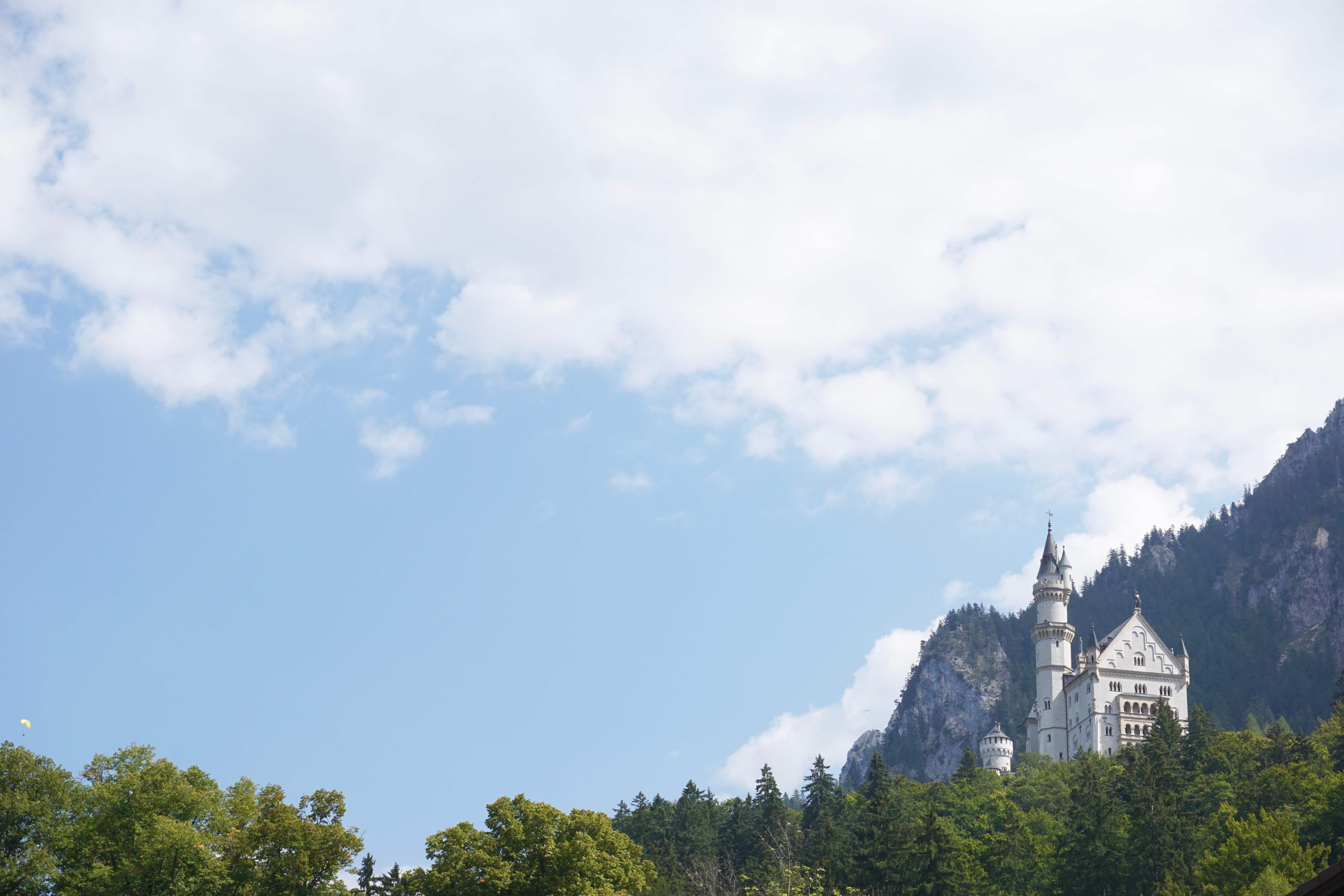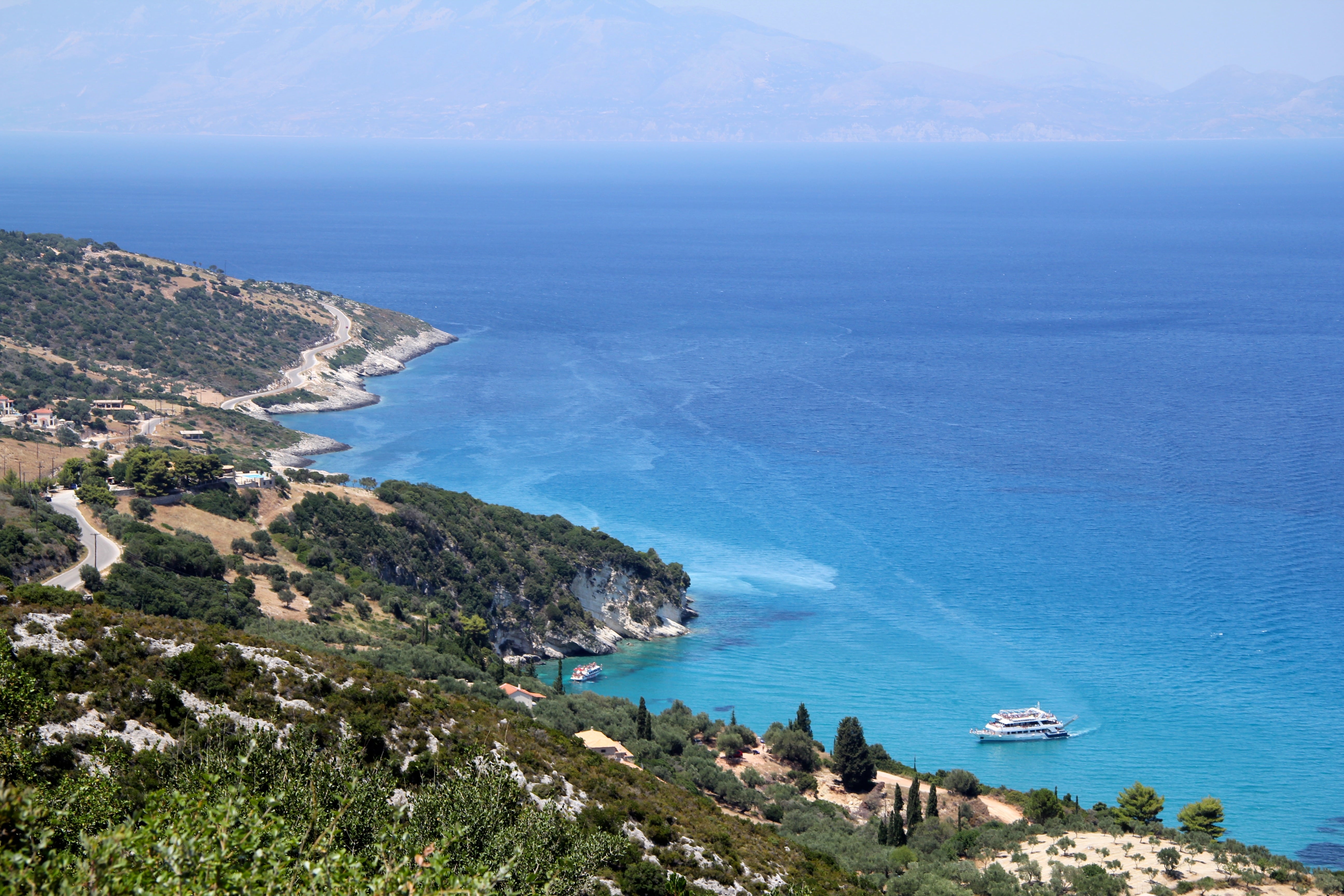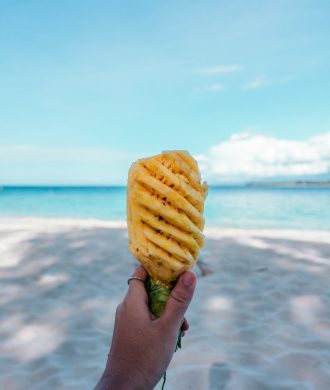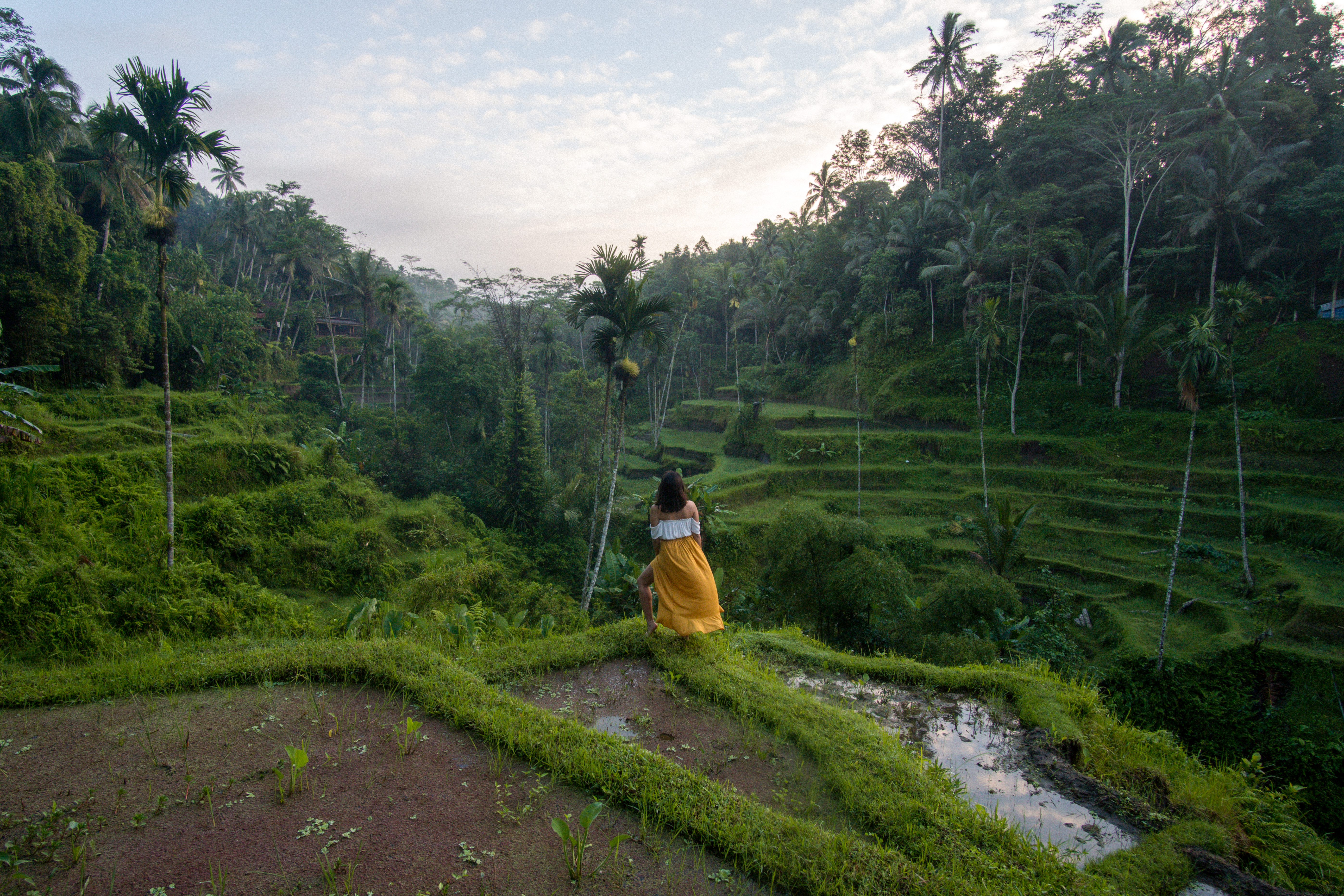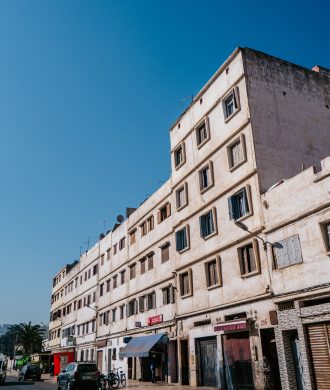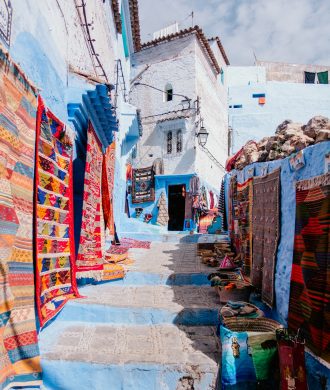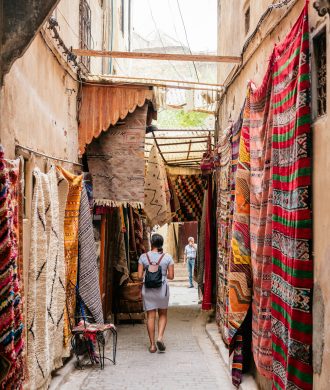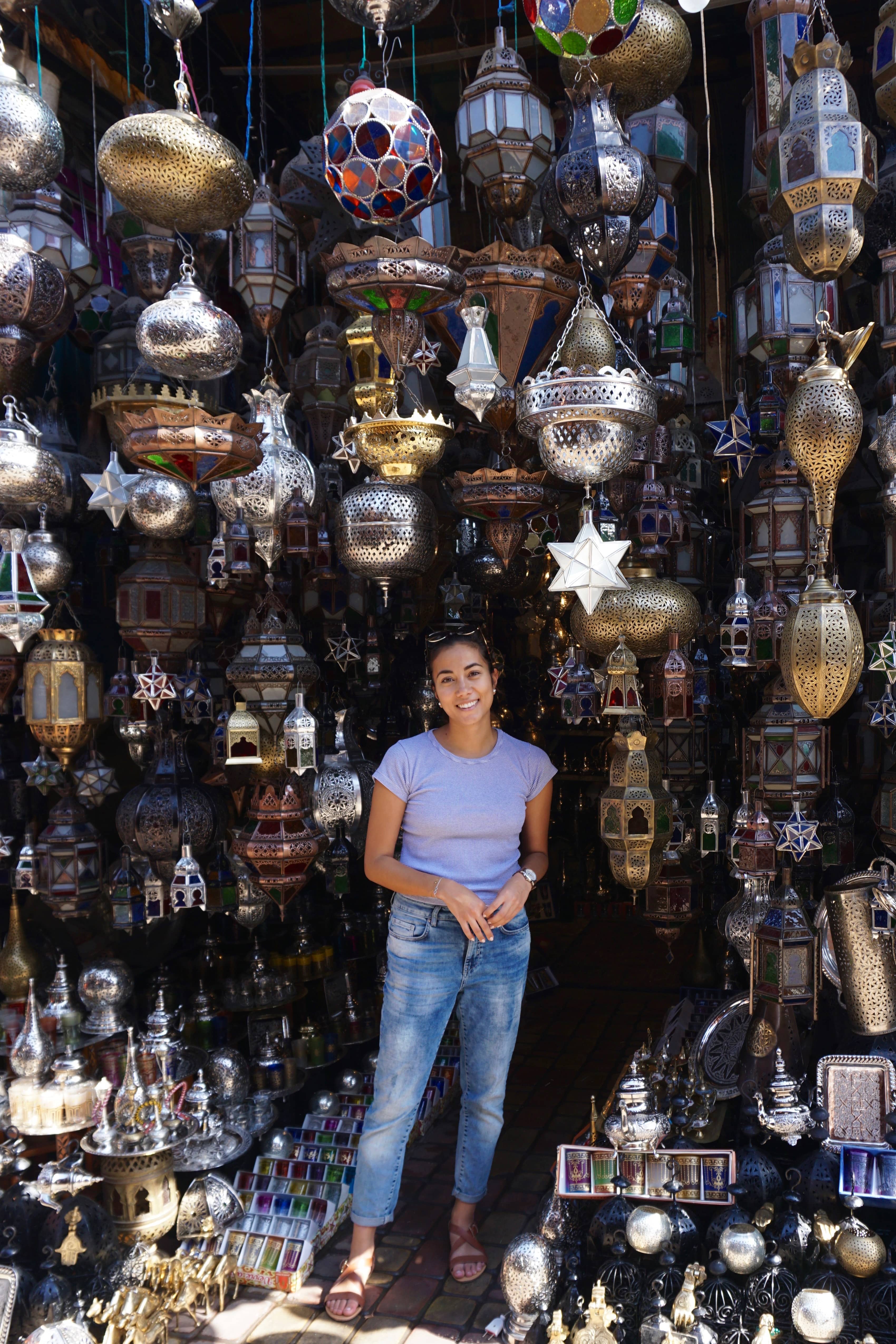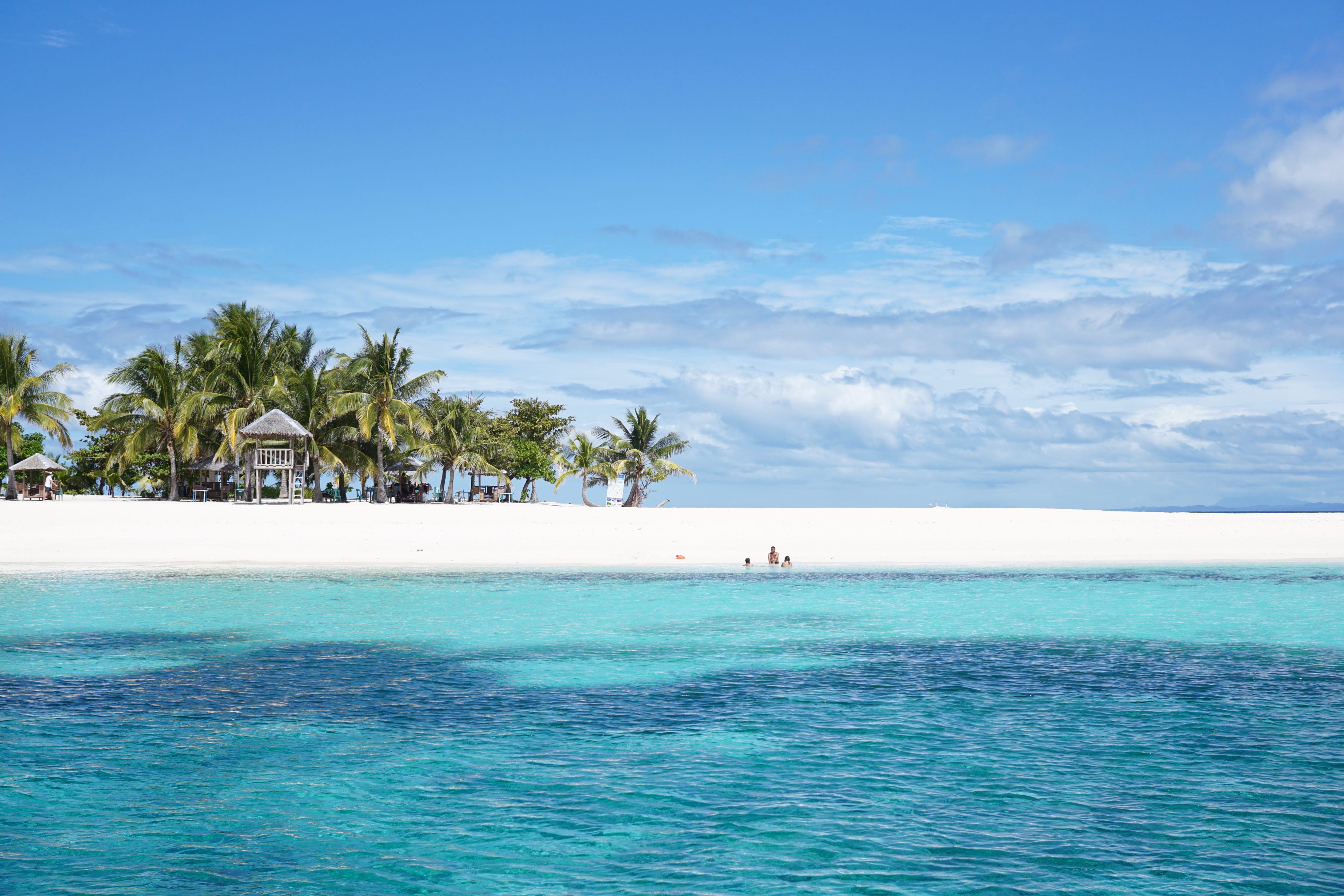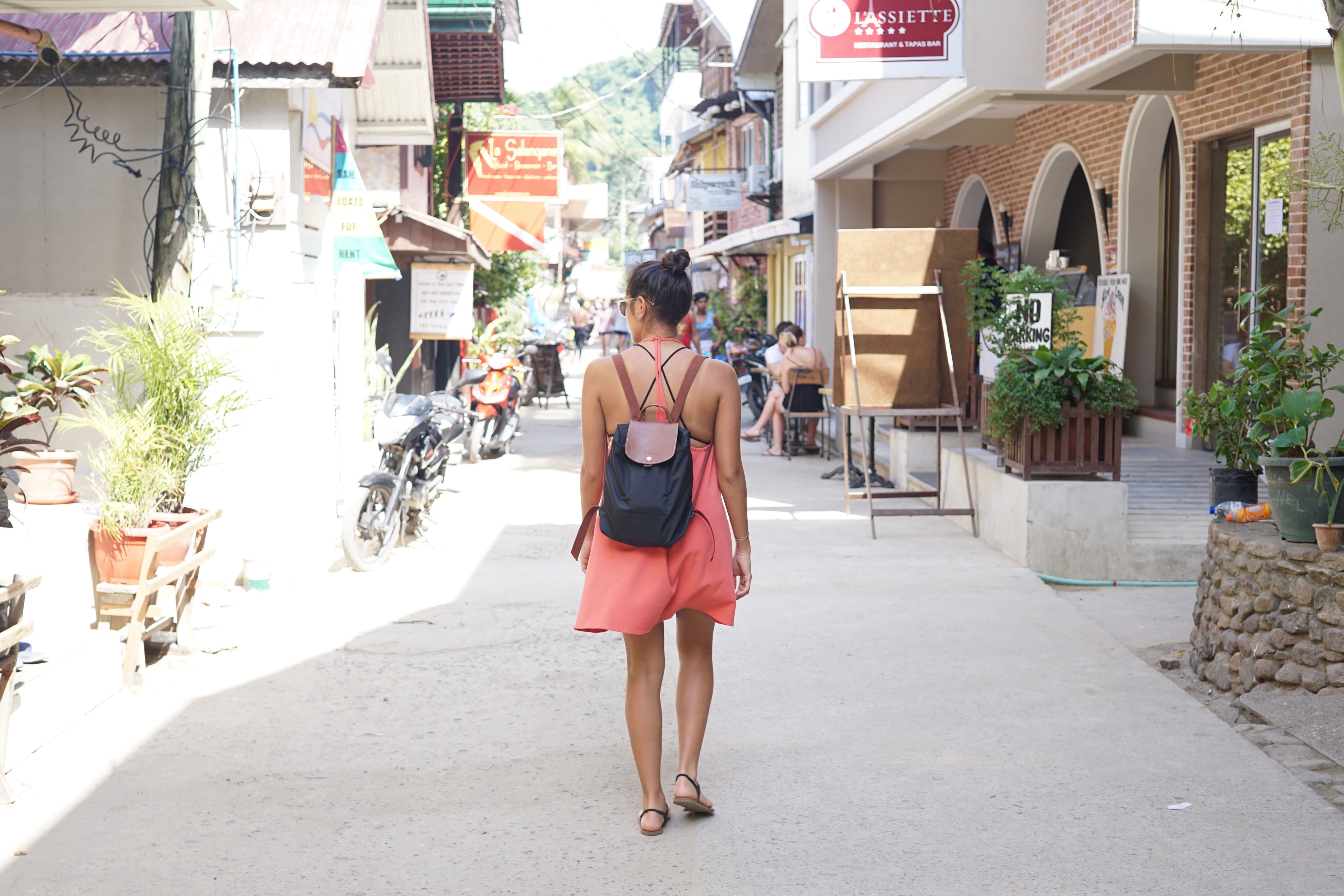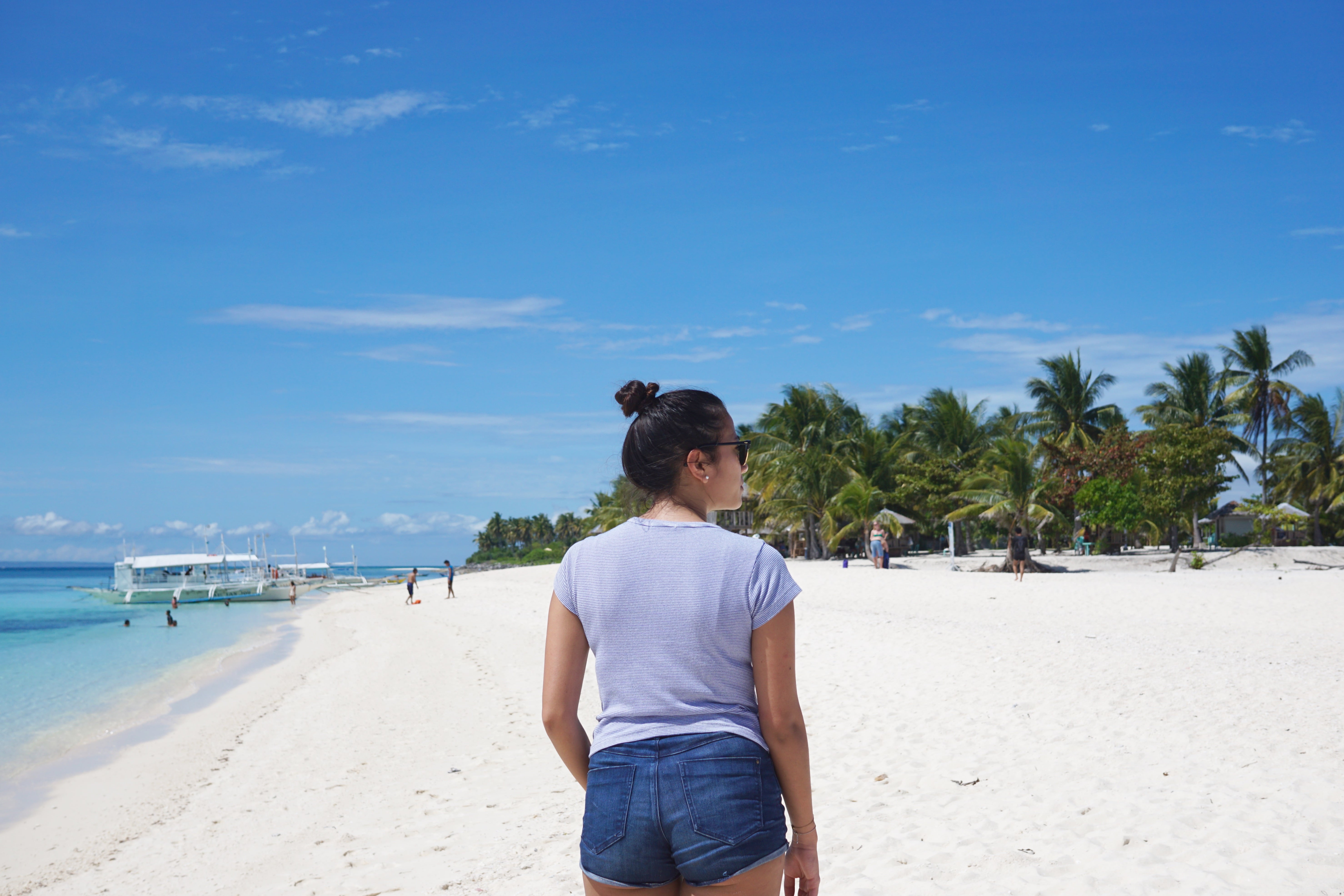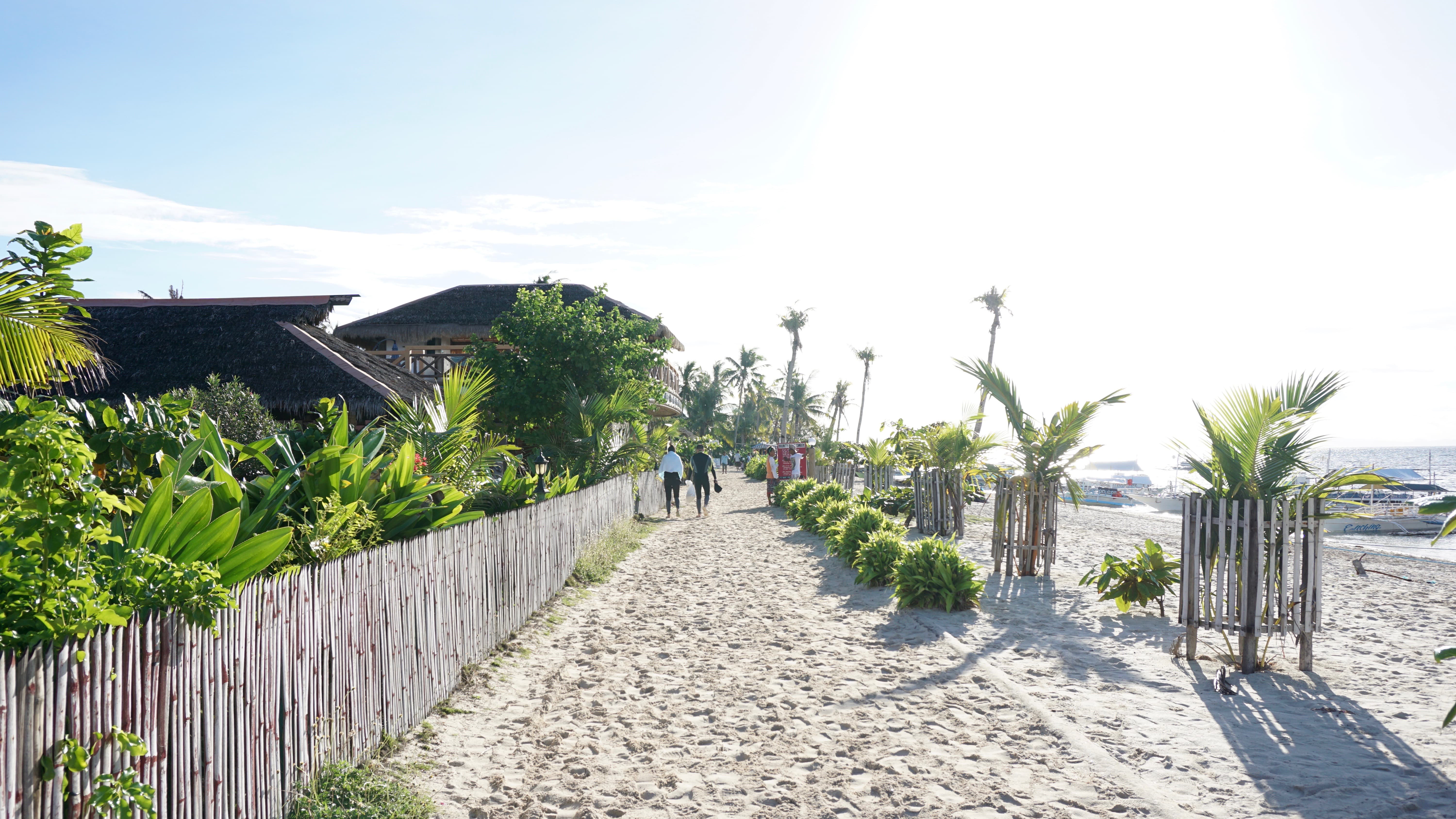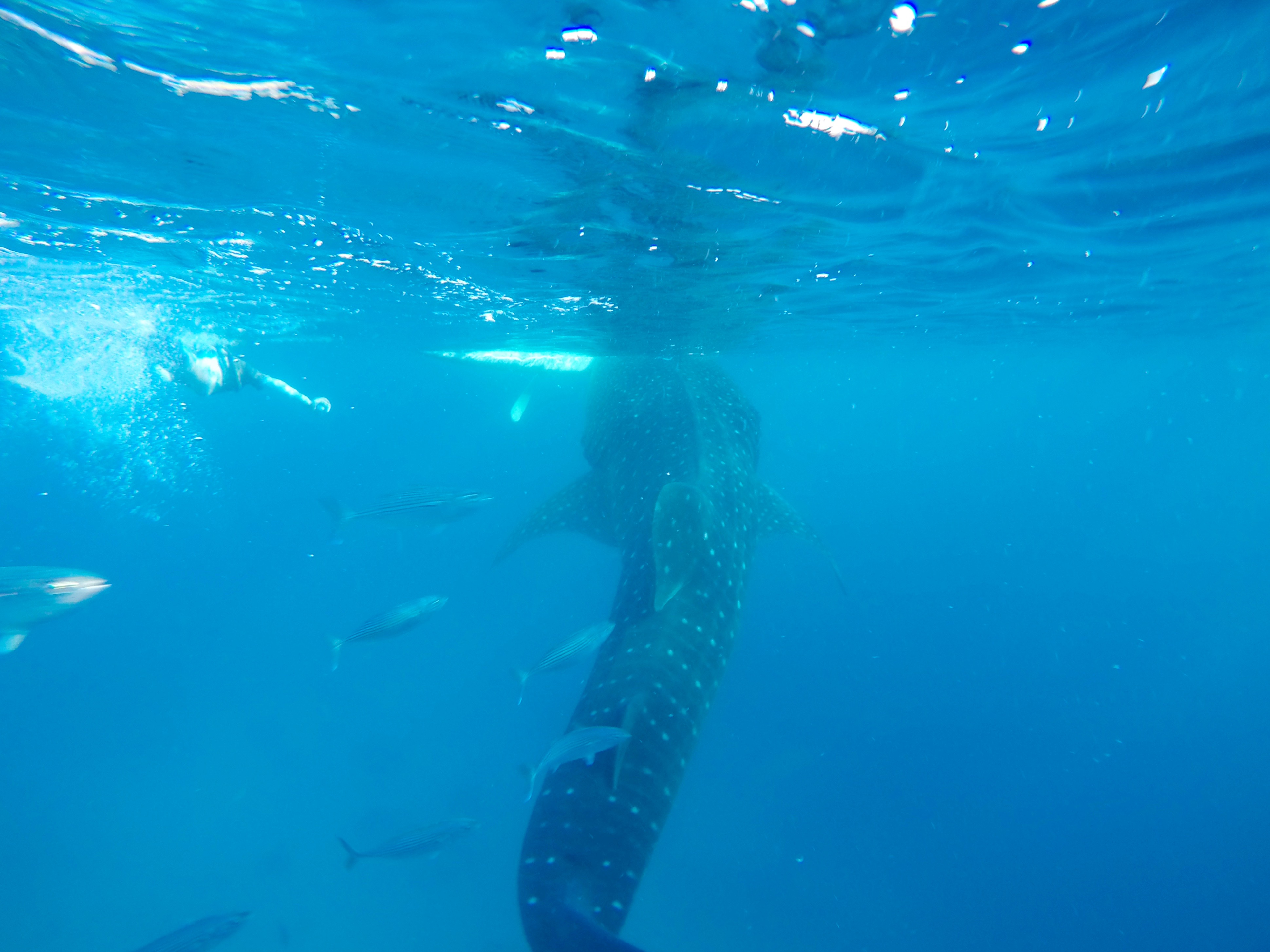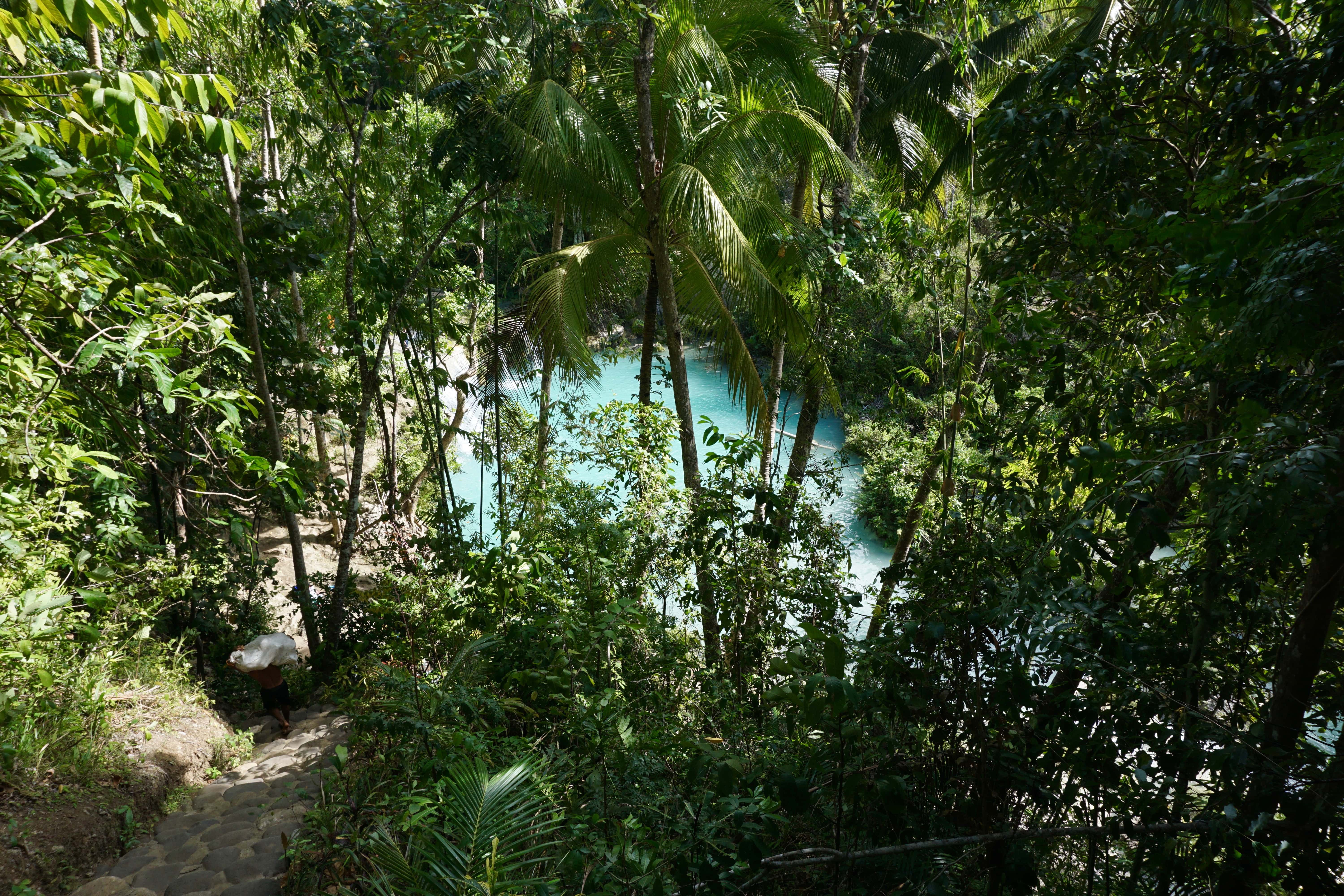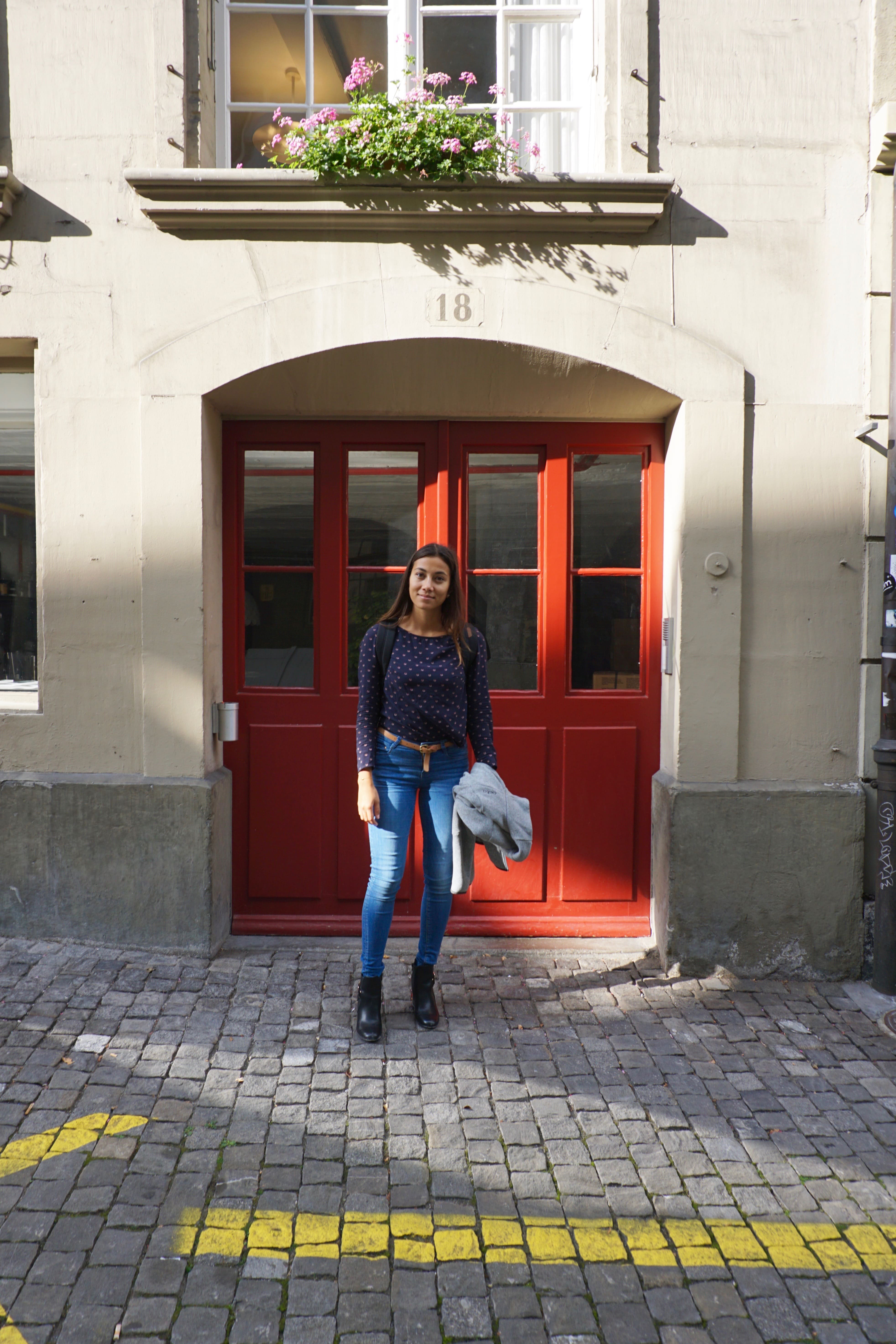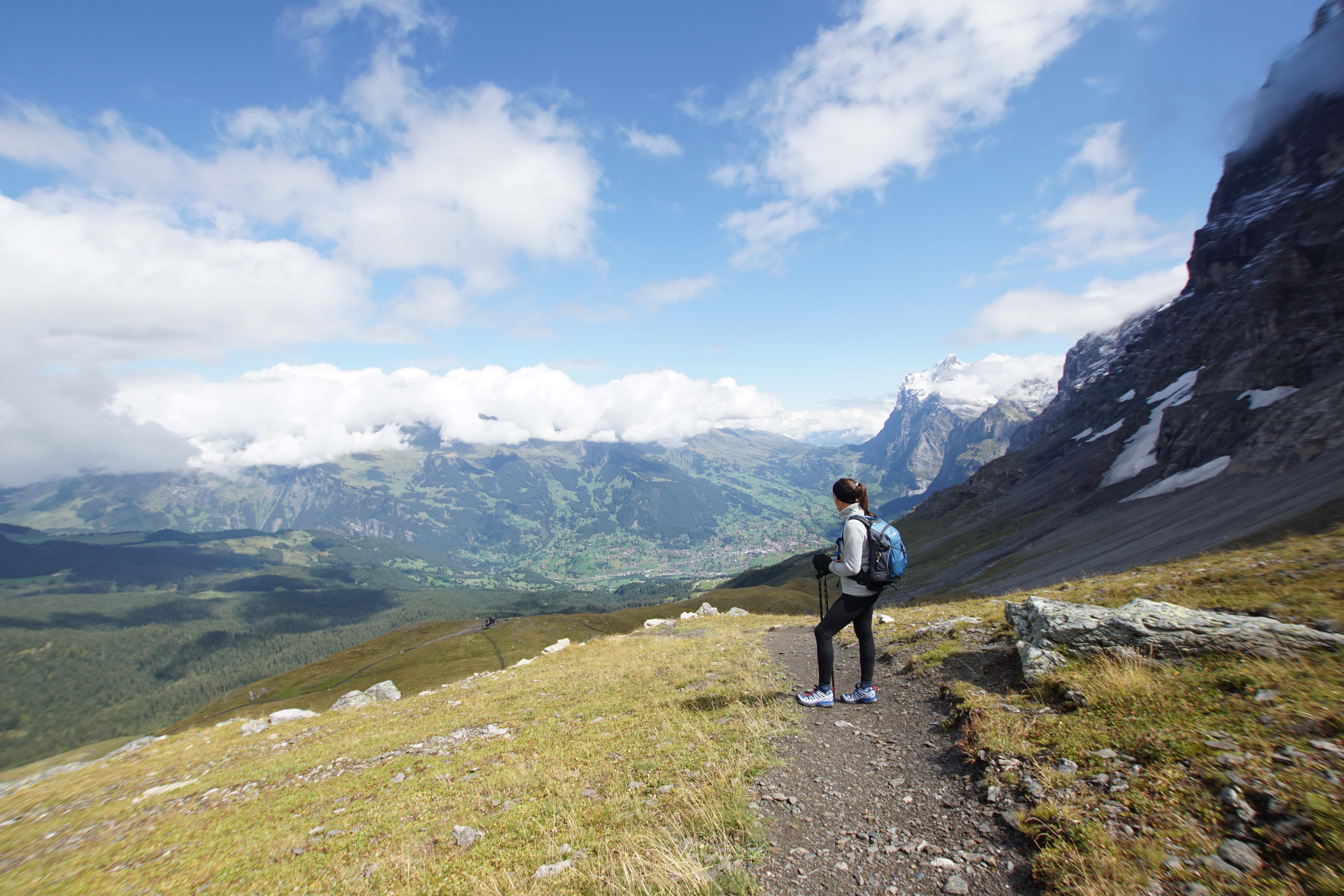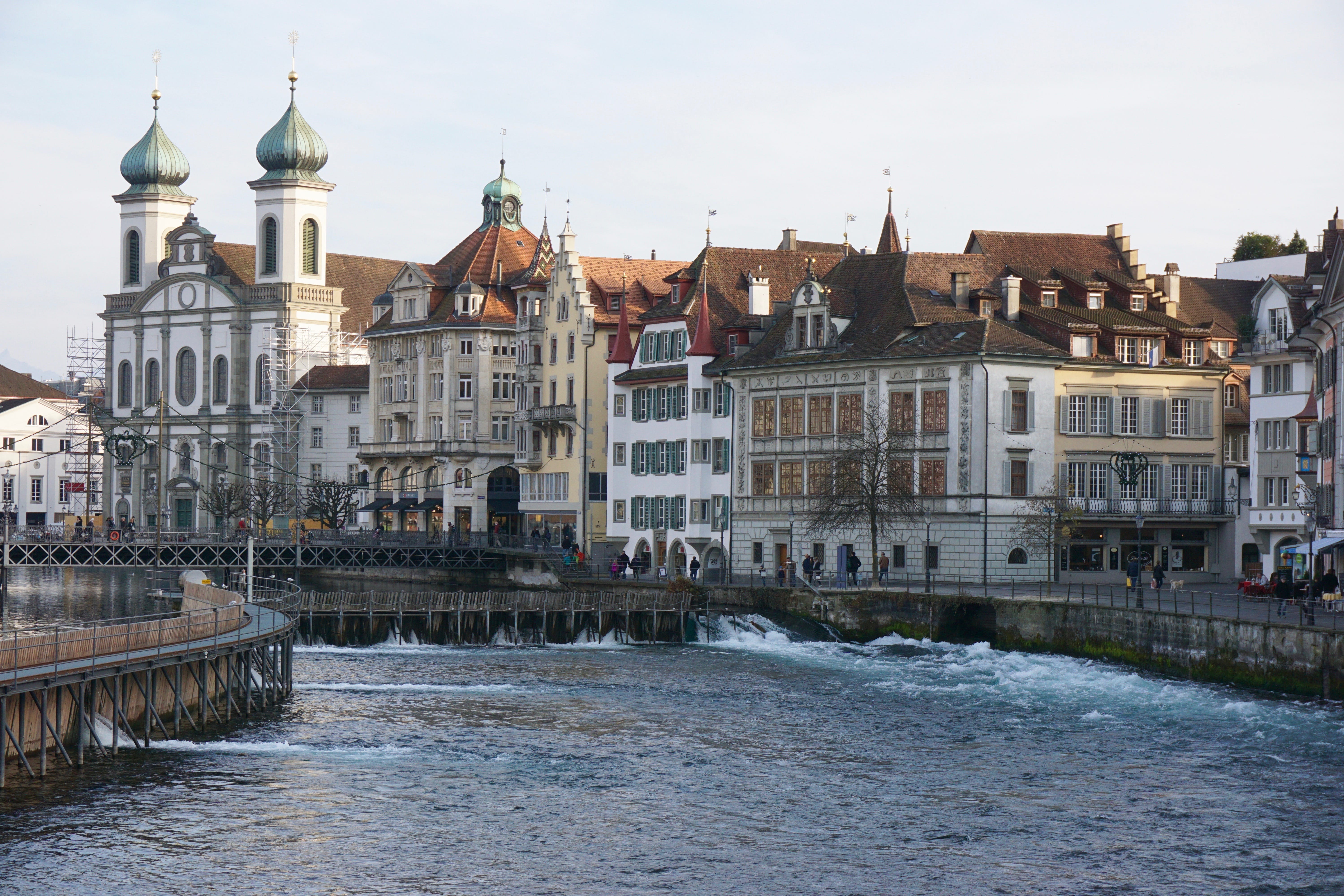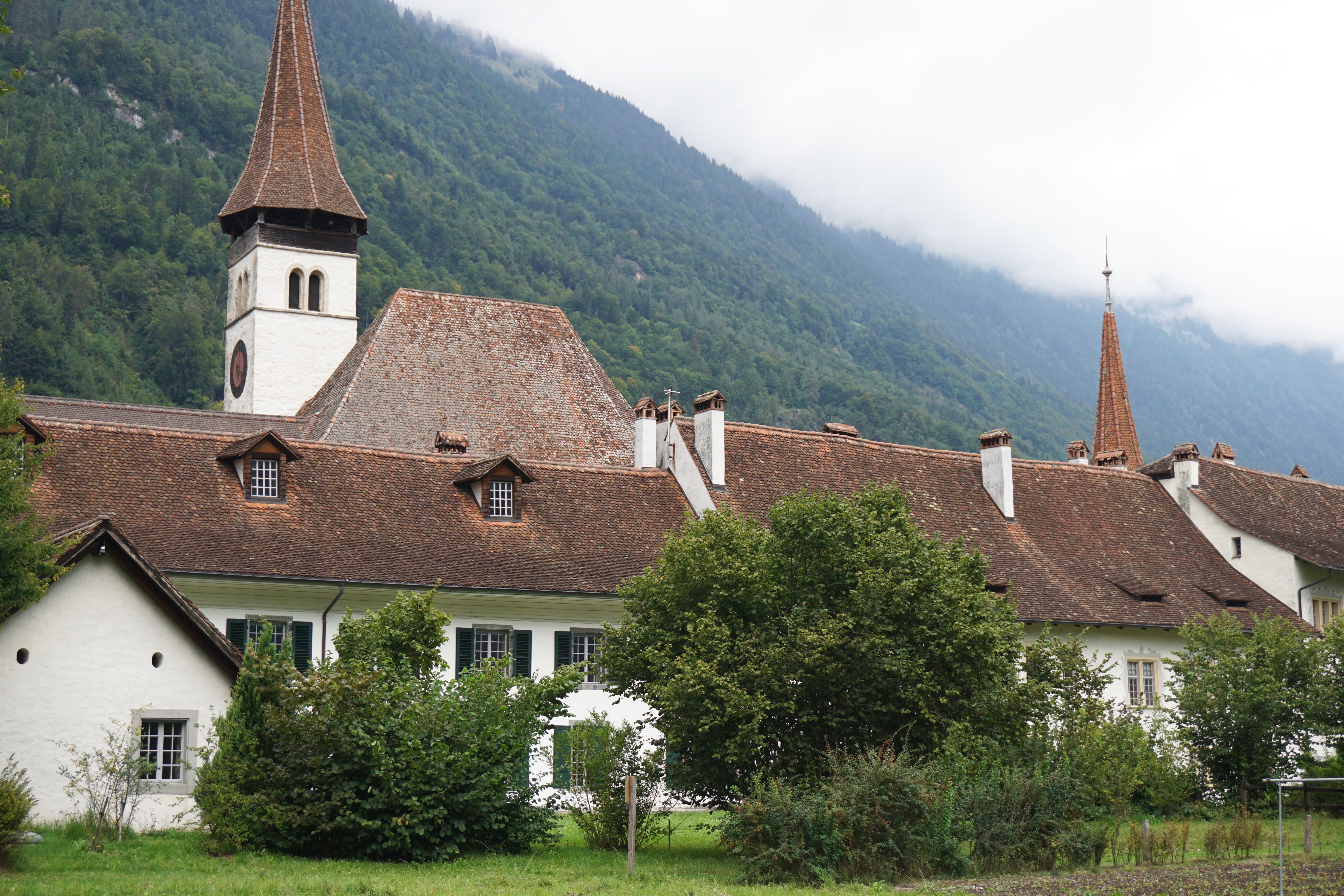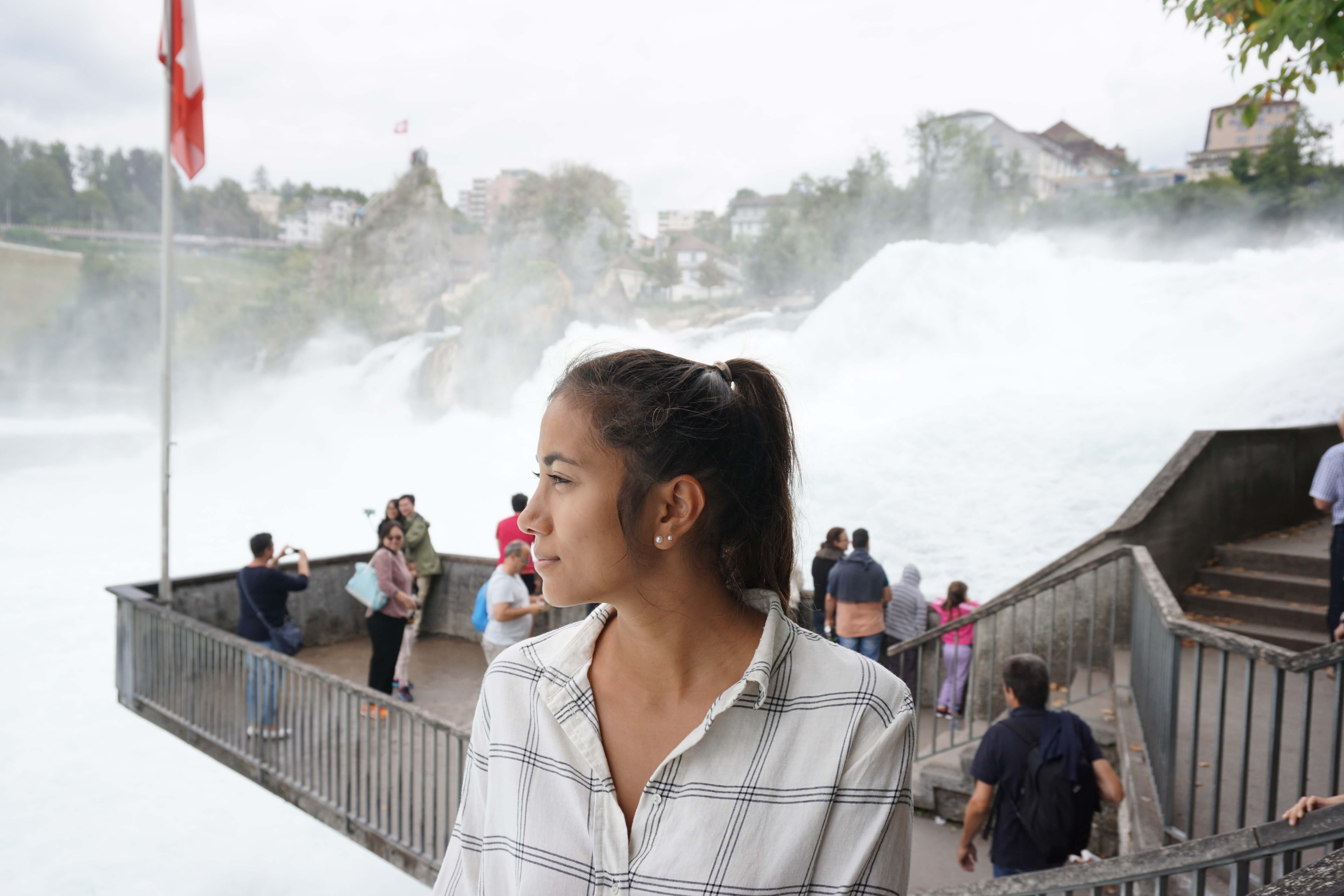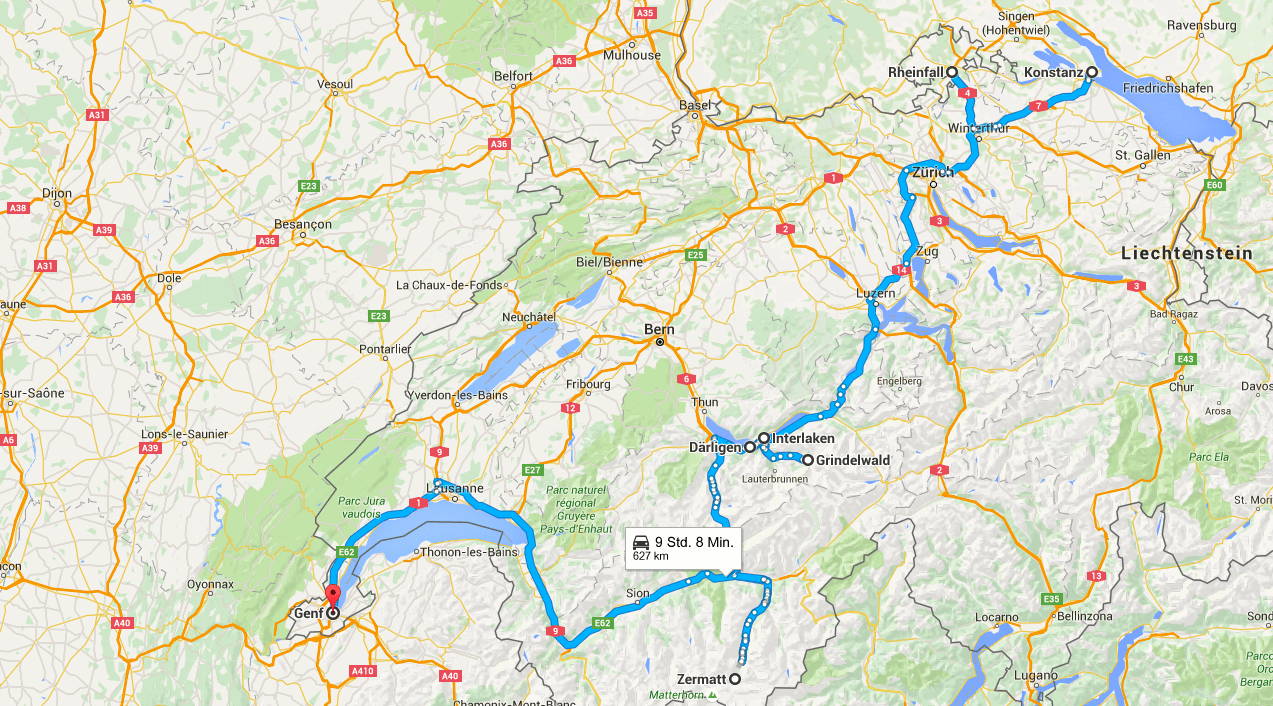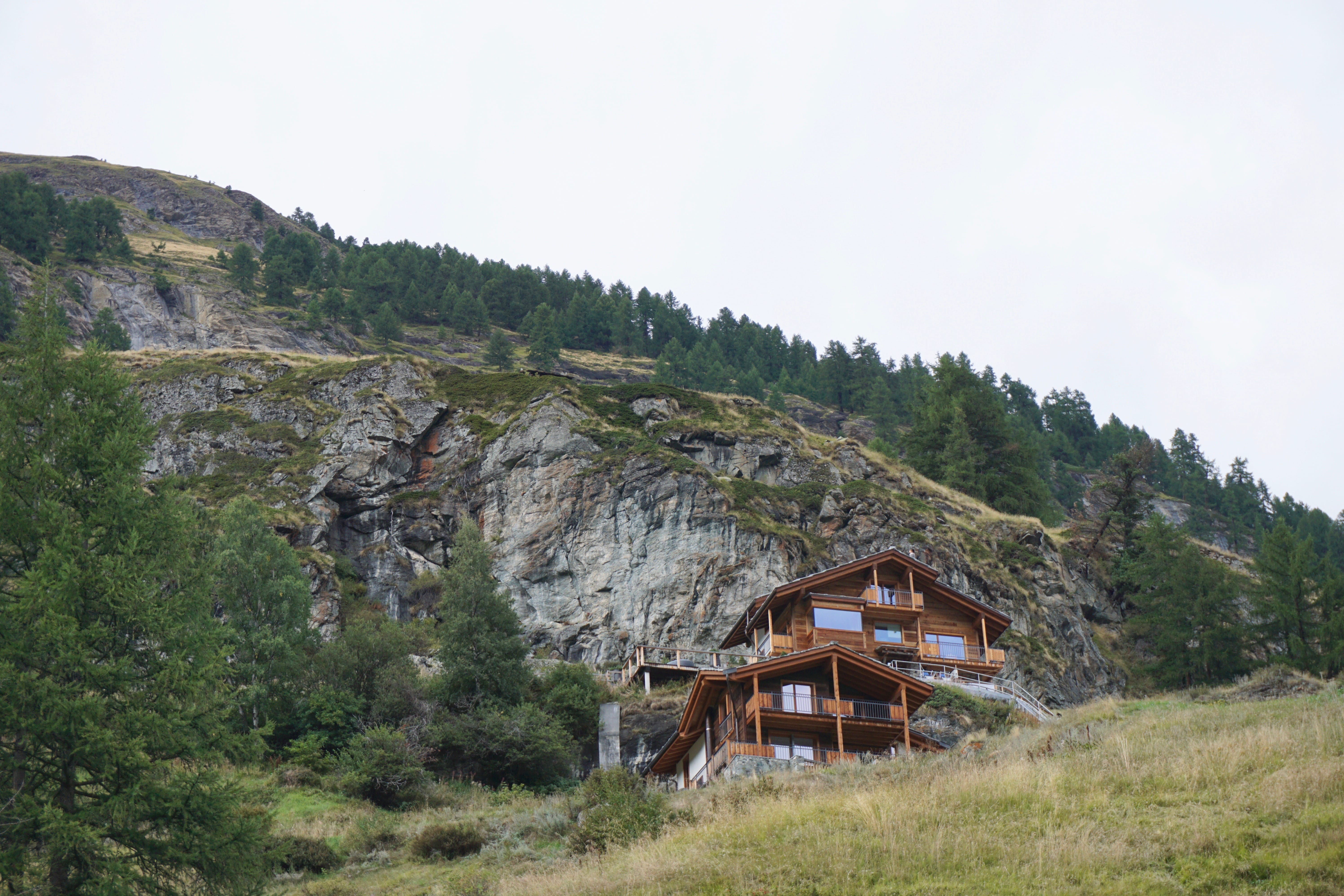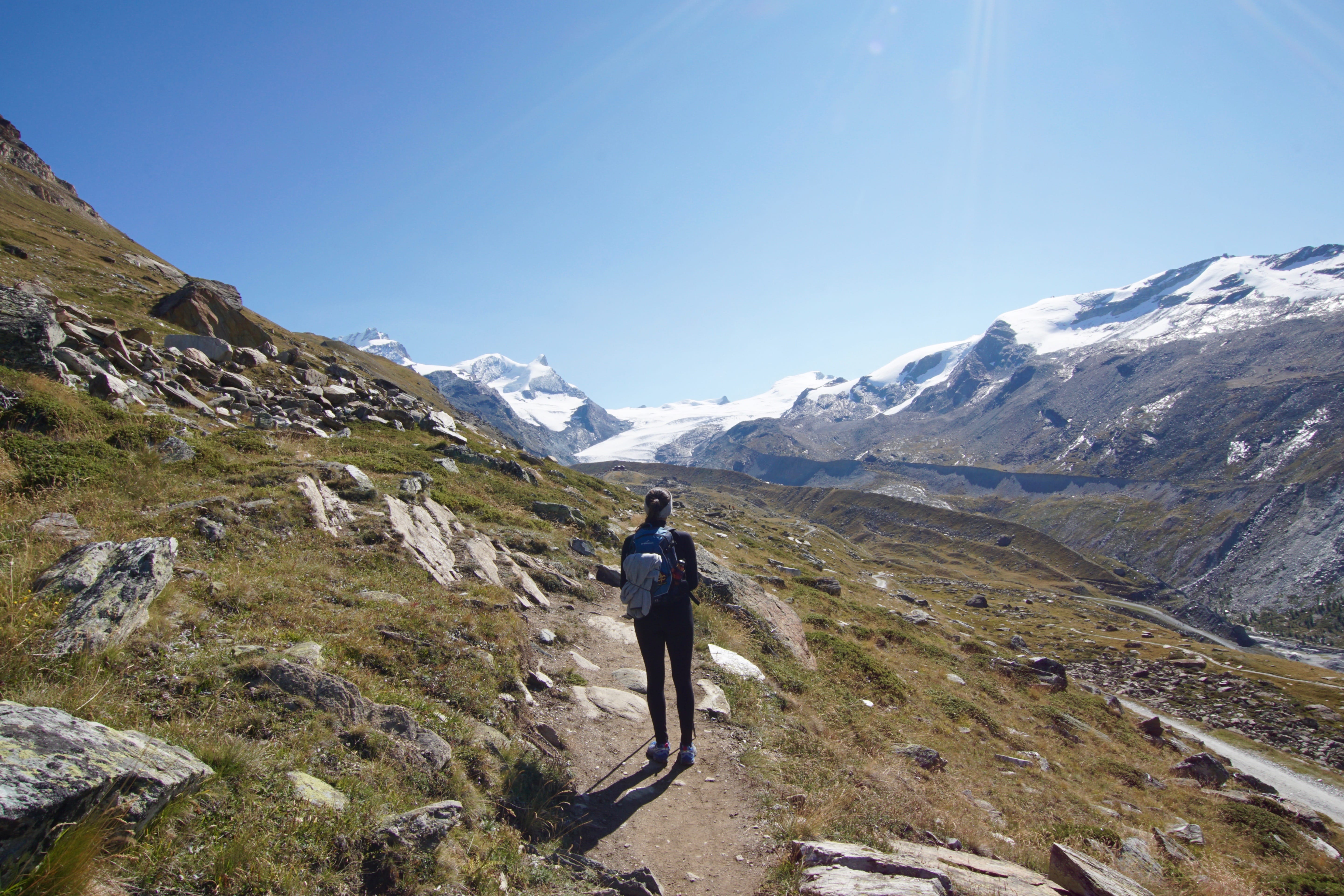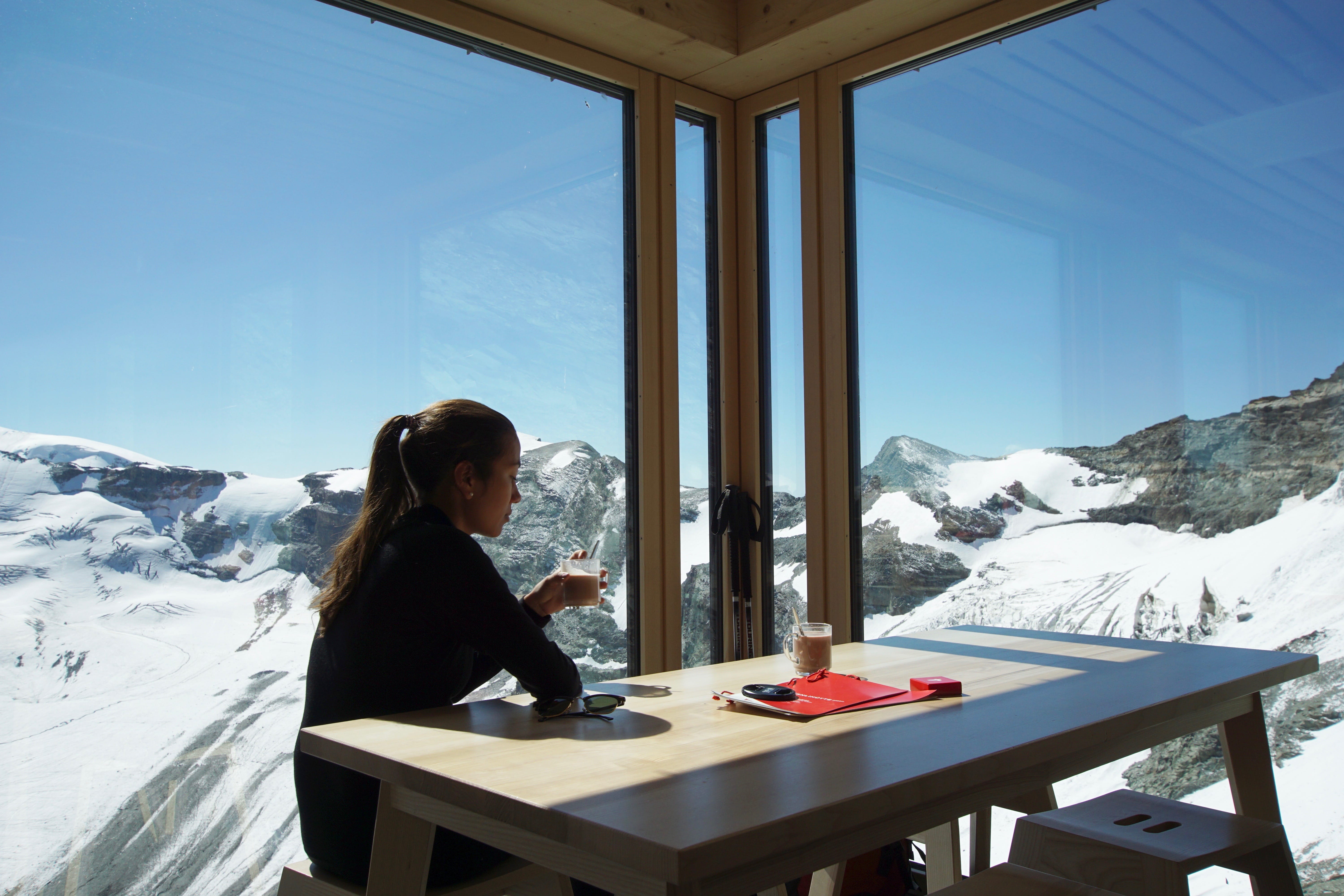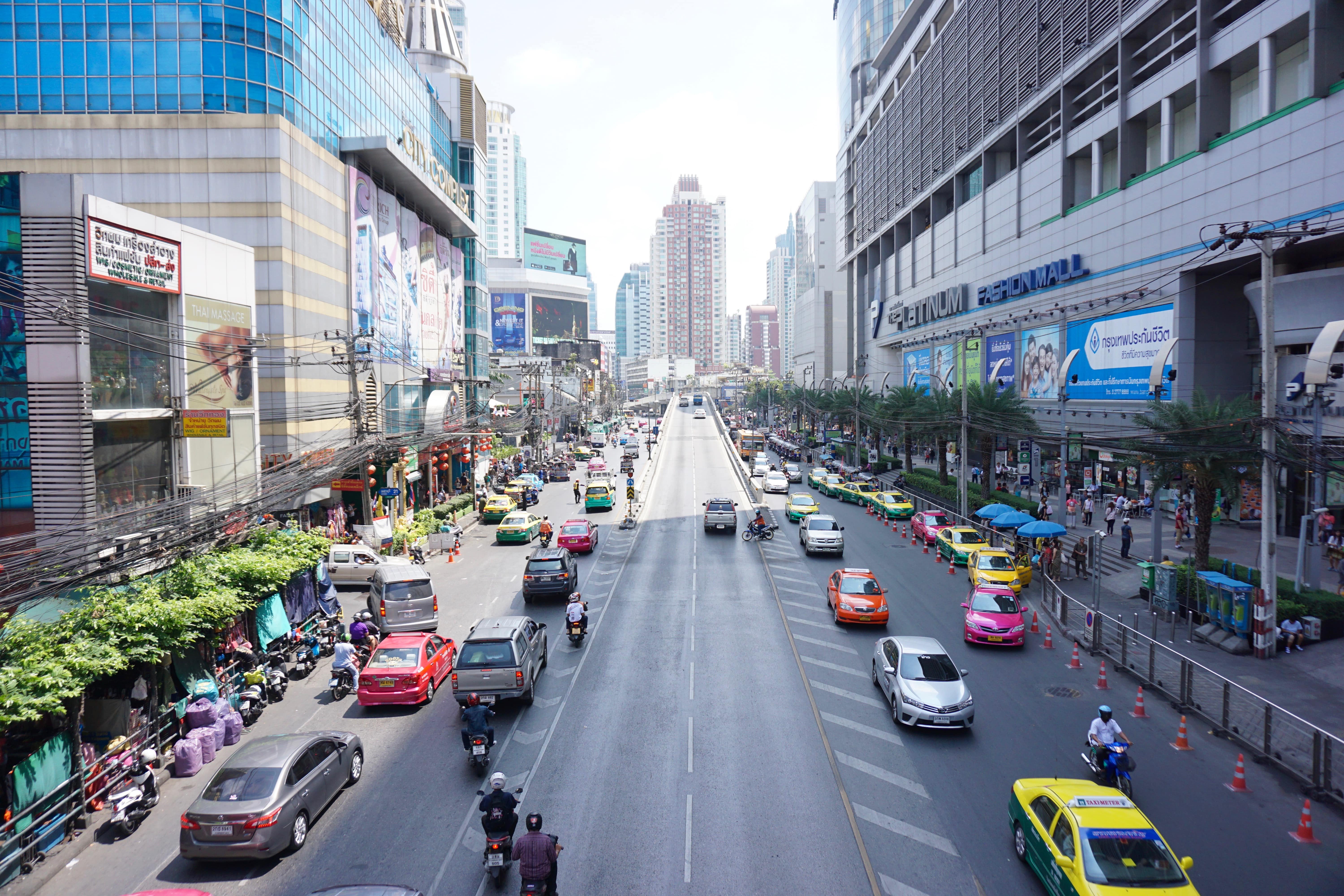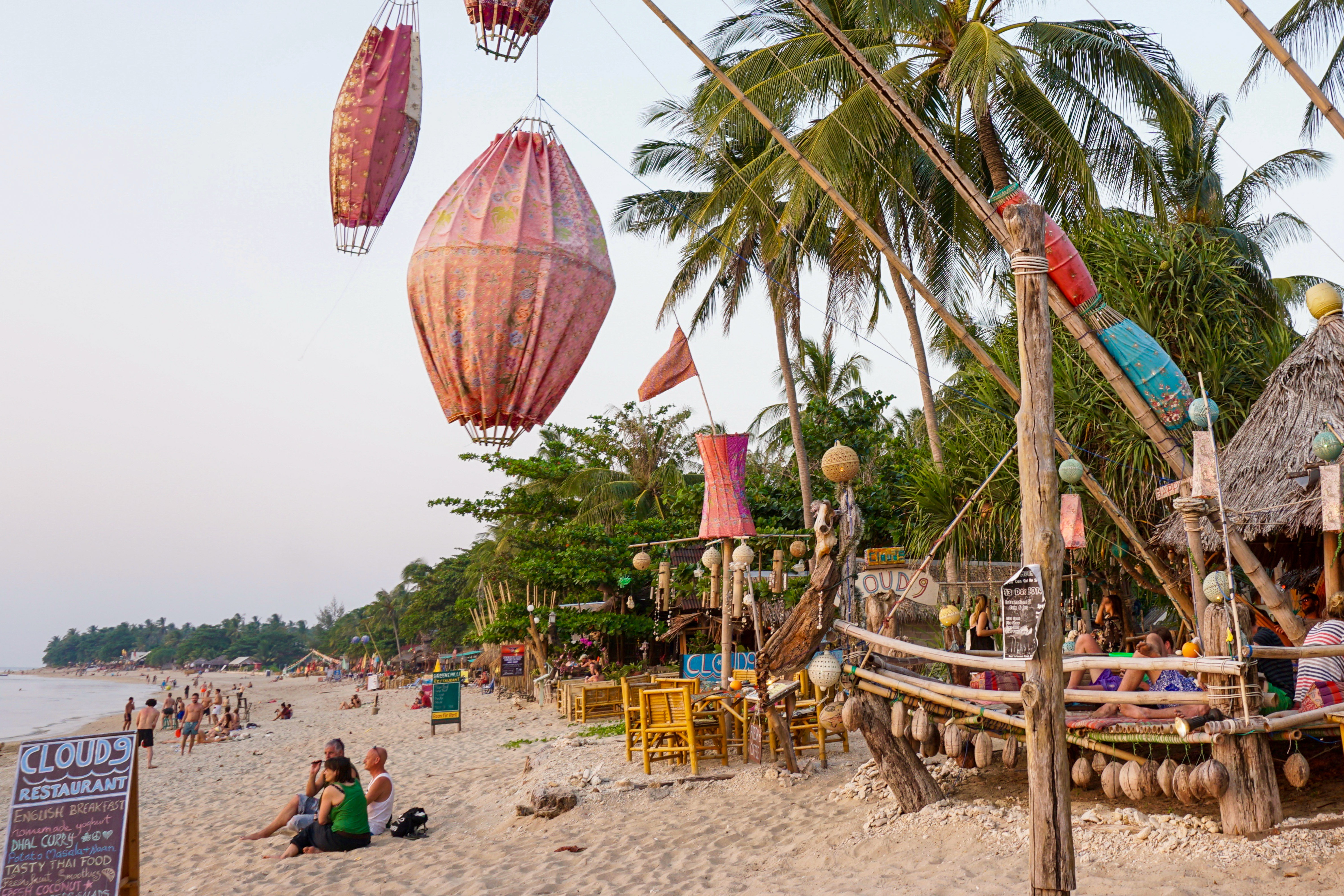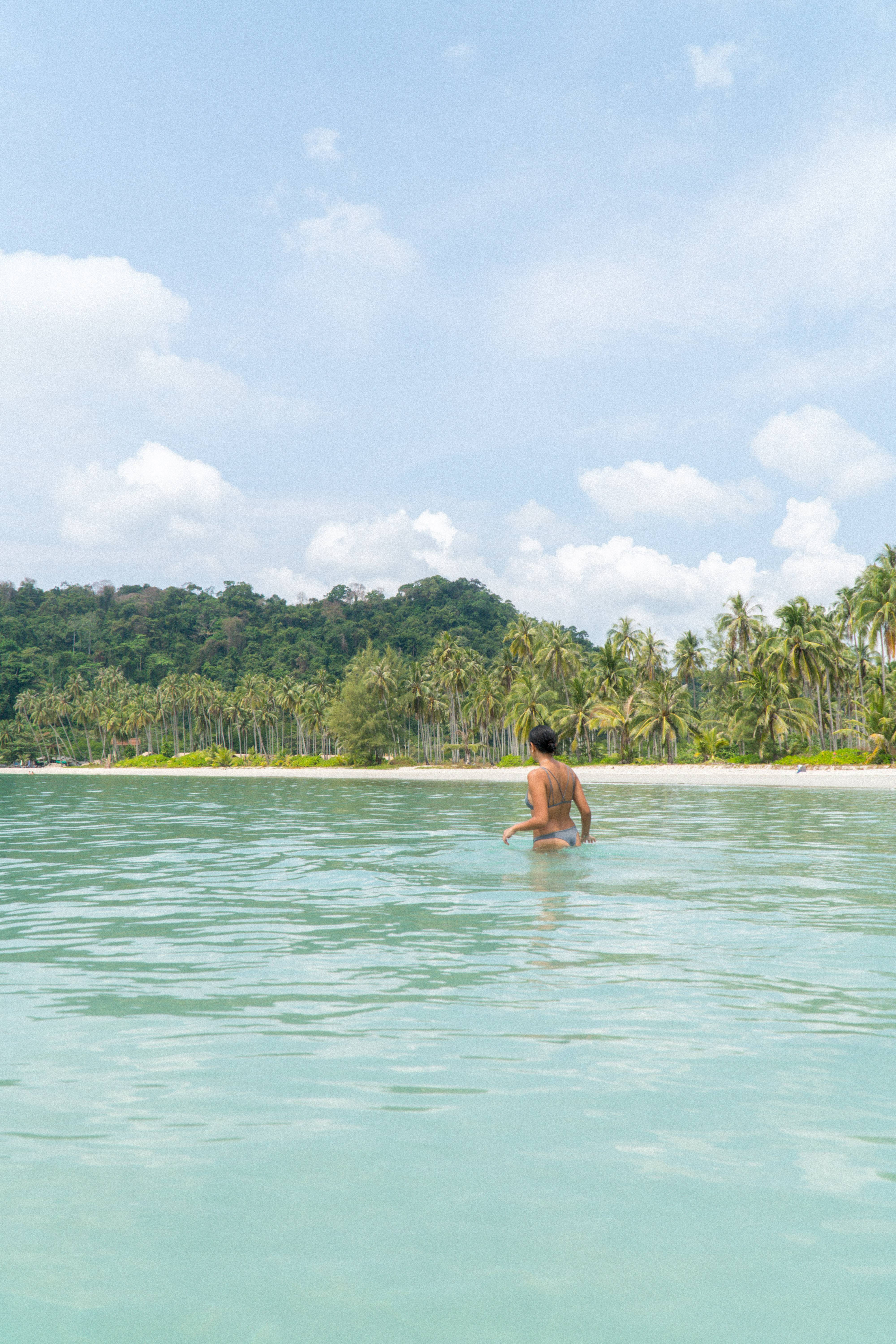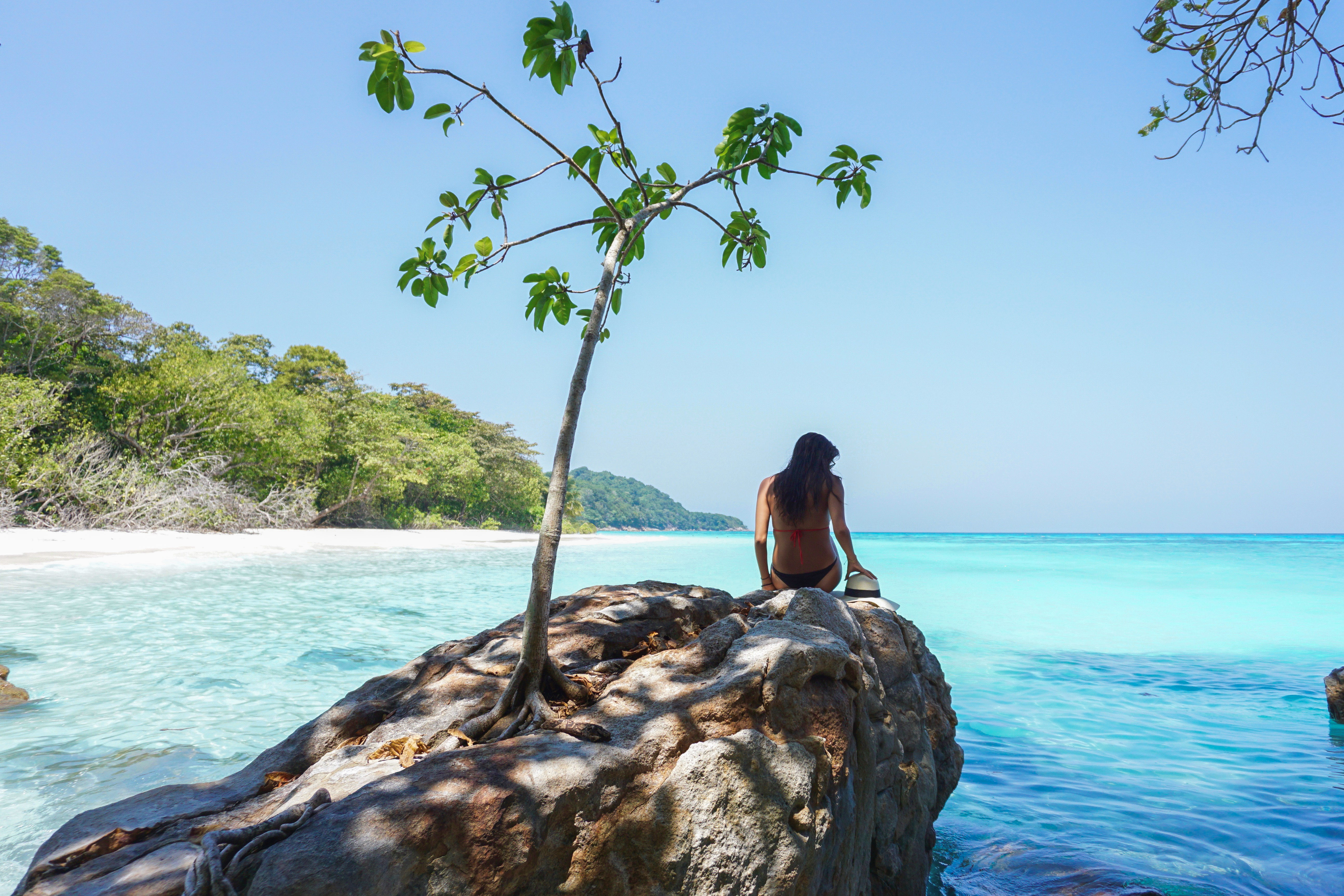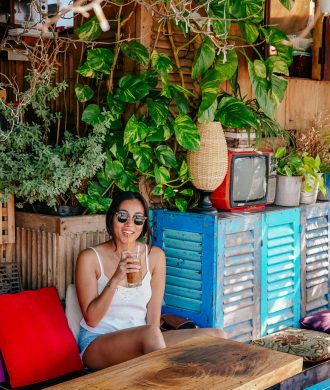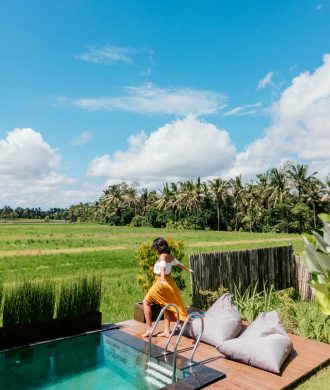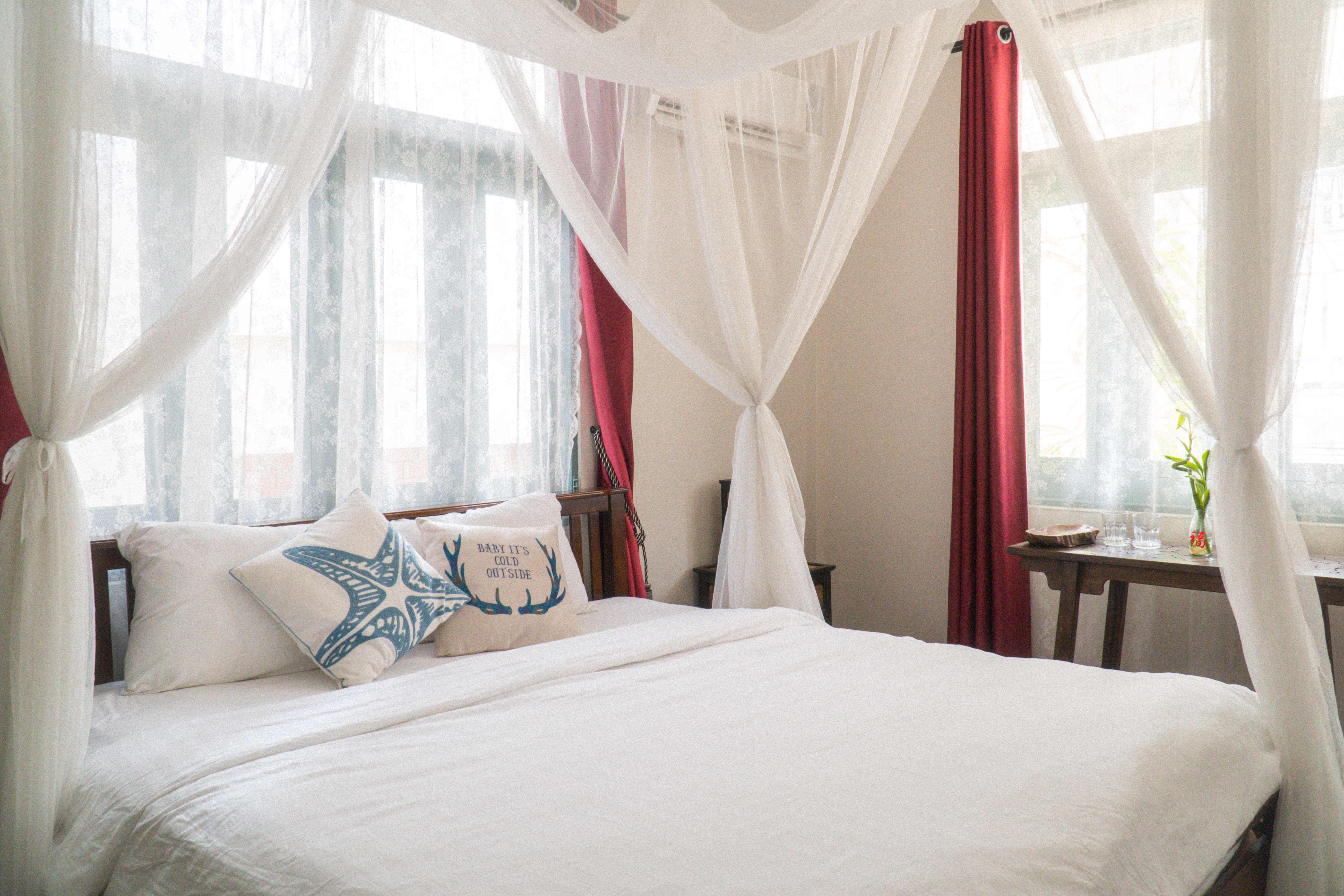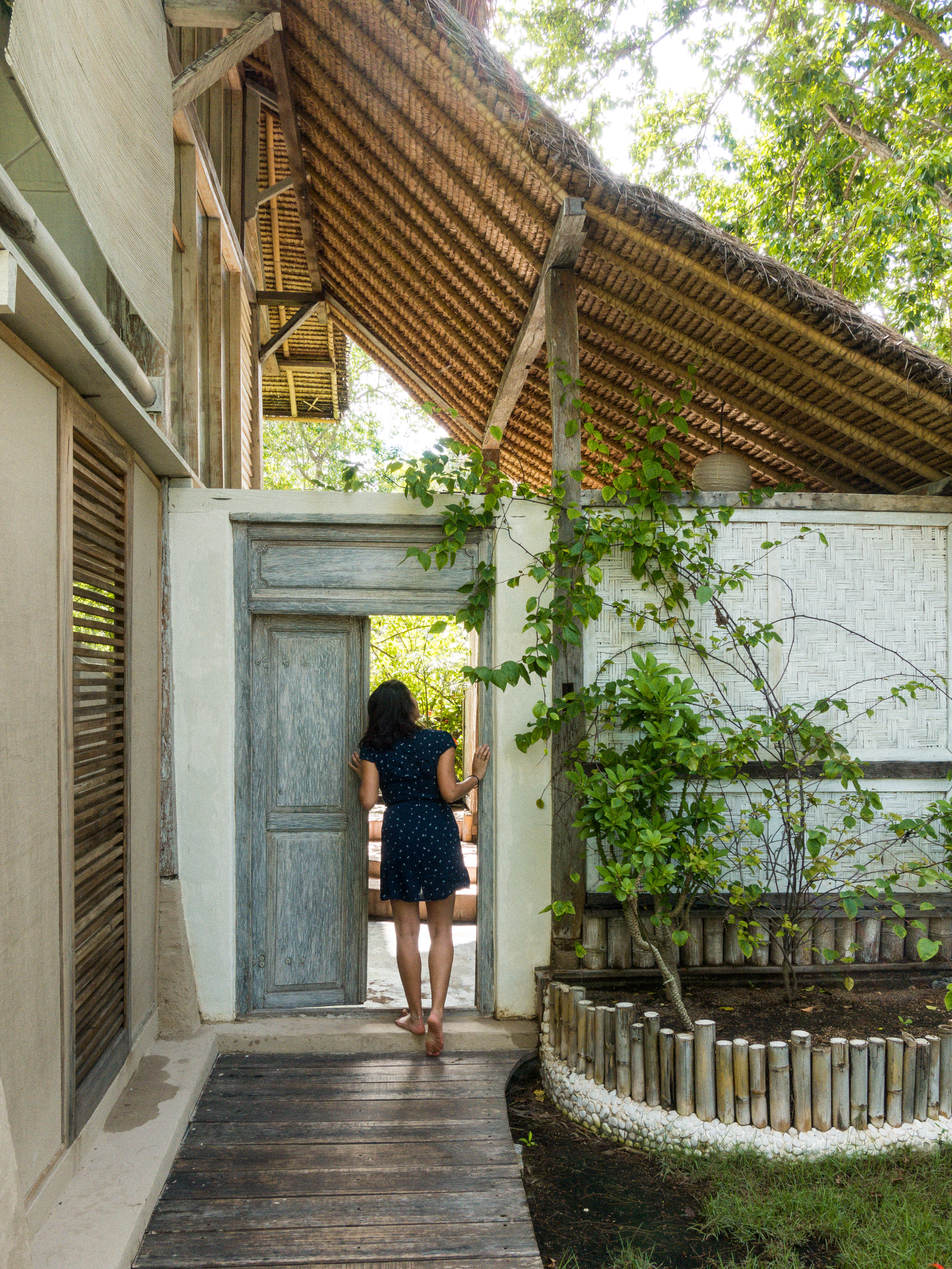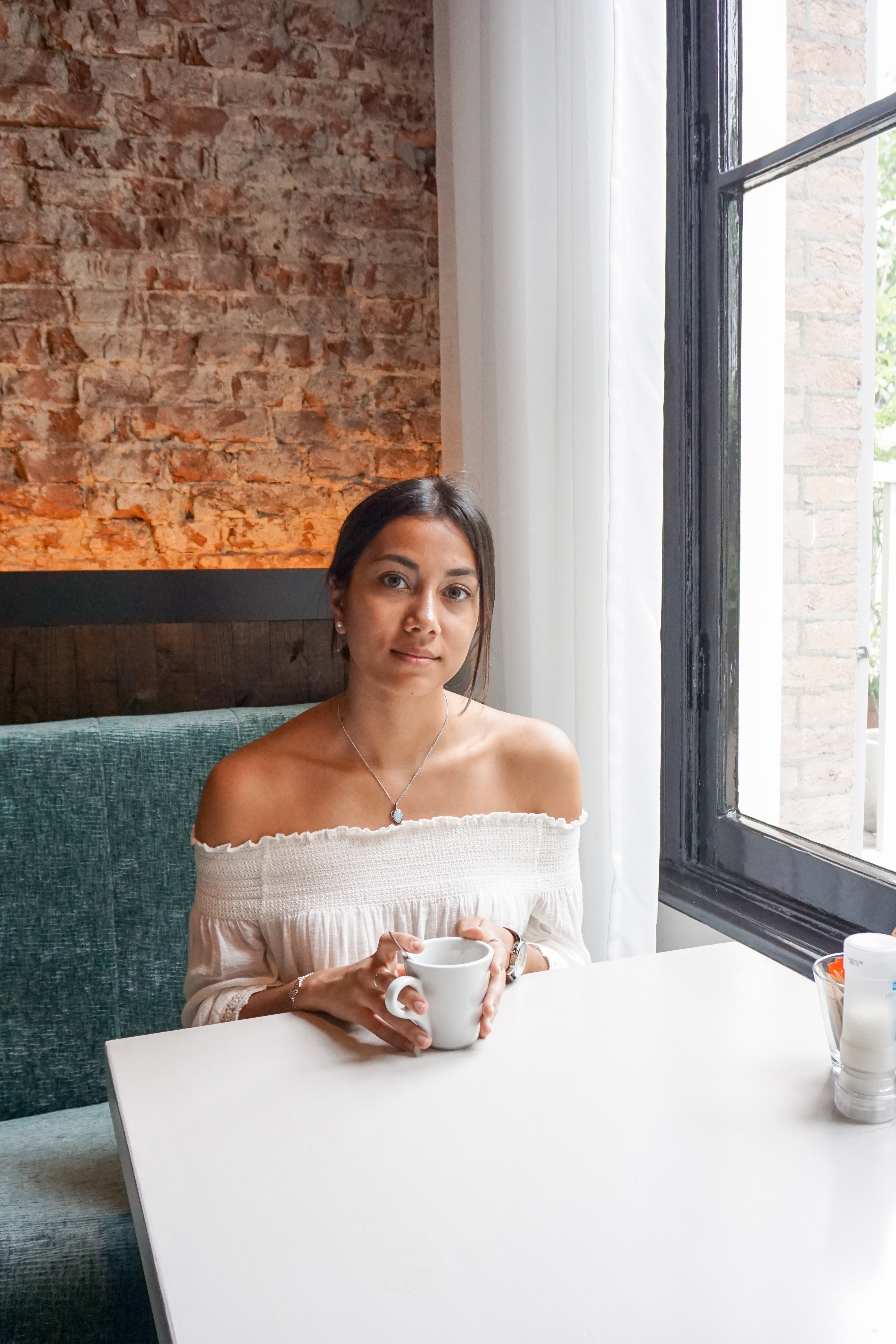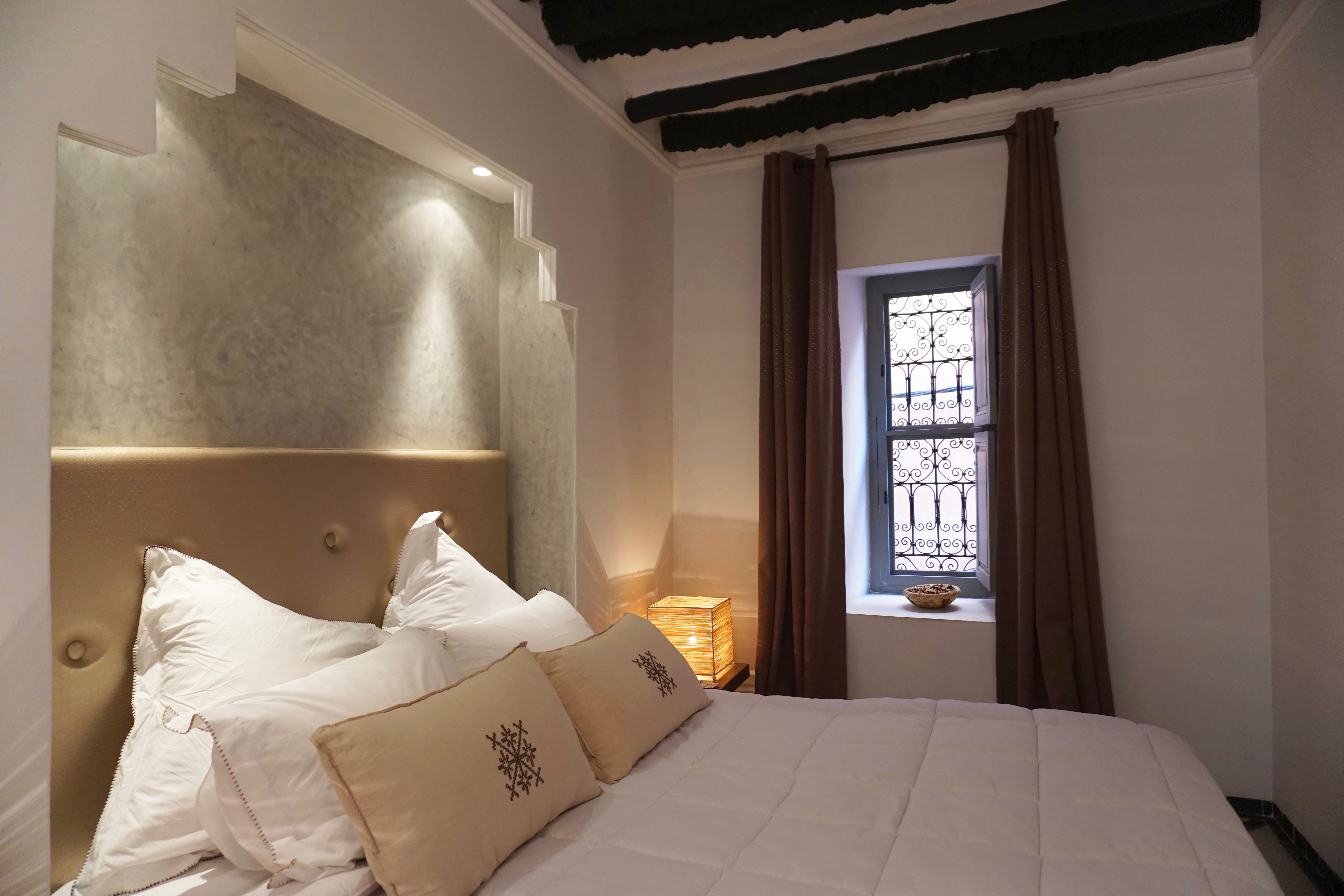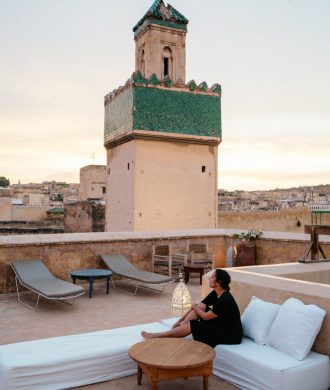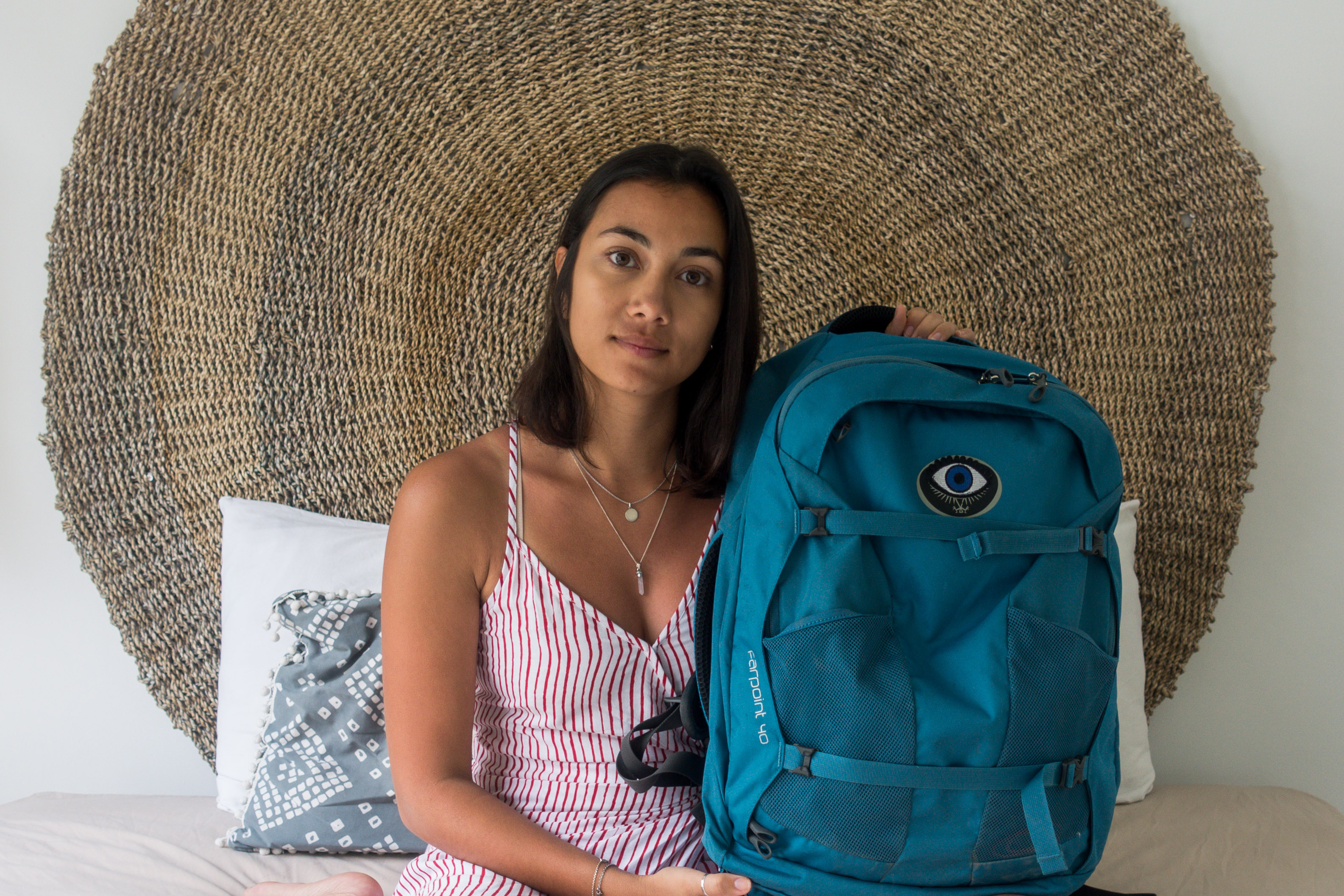Traveling in the Philippines
Traveling in the Philippines
[:de]
Im Oktober 2015 habe ich meinen Flug auf die Philippinen gebucht, ohne zu wissen was mich in diesem wunderschönen Land alles erwarten könnte. Mein Freund und ich haben danach angefangen auf Youtube, Instagram und im Internet zu recherchieren. Erst dann wurde mir klar, wie viel es dort eigentlich zu entdecken gibt. Wir haben so viele Orte gefunden, die wir bereisen hätten können und hatten deshalb auch nur einen vorläufigen groben Plan für die Reise: Cebu Island und seine umliegenden Inseln und Palawan Island. Zwei Monate später fand ich heraus, dass Palawan Island von den Condé Nast Travelerreaders zur “Schönsten Insel der Welt” gewählt worden ist. Cebu ist auf Platz 19. Daweil hatte ich gar keine Erwartungen an die Philippinen gestellt. Ich wollte nur dem kalten Wetter entfliehen, sonnenbaden und endlich wieder viele Früchte essen. All das konnte ich nach fünf Monaten warten endlich tun.
Ich stand also um fünf Uhr morgens auf, machte mir das letzte Mal Kaffee für die nächsten drei Wochen und fuhr zum Flughafen. Eine langer Weg lag vor uns, aber es war die Reise wert. Wir mussten zwei Mal umsteigen: in Zürich und Hongkong. Als wir in Cebu angekommen waren, wartete das Taxi, das unsere Unterkunft für uns organisierte schon auf uns. Drei Stunden später sind wir am Maya Port angekommen, von wo wir ein Boot auf Malapascua Island nahmen. Nach 29 Stunden reisen waren wir endlich am Ziel.
Der 23-tägige Trip war auch die erste Reise, die spontan geplant werden sollte. Die einzigen Unterkünfte, die ich im Voraus gebucht hatte, waren jene nach den Flügen unzwar Malapascua Island und El Nido. Natürlich war ich etwas nervös, weil ich Angst hatte, keine Unterkunft mehr zu finden. Aber ich habe den Fehler in Thailand gemacht und das wollte ich auf den Philippinen vermeiden.
Alles andere auf der Reise wollten wir dann währenddessen planen. Wir trafen auf Malapascua Island zwei Schweizer, die uns viele Tipps gegeben haben. Sie wussten, dass wir nach Oslob zum Whale Shark Watching wollten und haben uns dazu geraten, danach in Dumaguete zu schlafen und von dort aus die umliegenden Inseln zu besuchen.
Spontan zu reisen ist meines Empfindens nach sogar die beste Art in Südostasien herumzukommen.
Filipinos & ihre Küche
Filipinos sind sehr freundlich. Sie sprechen fließend Englisch da der Unterricht an den Schulen auf Englisch gehalten wird. Deshalb gehen sie auch auf einen zu, um einem Hilfe anzubieten. Sie zeigen den richtigen Weg, weisen einen auf den platten Reifen hin oder helfen uns, ein gutes Moped zum Ausleihen zu finden.
Und weil sie auch gut Englisch sprechen, ist es viel einfacher für uns Touristen im Restaurant Essen zu bestellen. Leider gibt es aber nicht viel Auswahl was die Philippinische Küche betrifft. Sie ist sehr stark von der asiatischen Küche beeinflusst. Adobo, Pancit, Lechon und Kinilaw zählen zu den bekanntesten Gerichten. Die meiste Zeit hat man aber leider keine Ahnung was man eigentlich bestellt, weil die Erklärungen zu den Gerichten fehlen. Viele Reisende wollen auch auf Nummer sicher gehen und bestellen entweder Burger, Fajita, Pizza oder Spaghetti – viele, die ich auf meiner Reise kennengelernt habe, hatten Probleme mit ihrem Magen. Seid also vorsichtig.
Apropos Restaurants: Filipinos sind wahnsinnig langsam. Wenn ihr also in keinem hochpreisigen Restaurant schmausen wollt, müsst ihr euch mit einem langsamen Service anfreunden können. Filipinos oder Südostasiaten sind einfach so. Viele Gäste regen sich unnötig auf und versuchen gar nicht, die fremde Kultur und ihre Leute zu verstehen oder zu akzeptieren. Seid also etwas lockerer beim Reisen. Das gilt für Restaurants sowohl als auch für Unterkünfte.
Unterkünfte
Es gibt eine breite Auswahl an Hotels, Hostels und anderen Unterkünften auf den Philippinen und das auch zu relativ günstigen Preisen. Ich nächtige in keinen 5 oder 4 Sterne Hotels und suche mir meistens schöne Unterkünfte für die man nicht ein Vermögen zahlen muss. Ich bin auch kein Mädchen, das unbedingt in der billigsten Bleibe übernachten muss sondern sehe mich eher im Mittelfeld zwischen teuer&hochpreisig und billig. Vor allem in Asien lässt sich leicht eine Unterkunft zu einem super Preis finden, die auch noch sauber und eventuell sogar mit Klimaanlage ausgestattet ist. Da ich den ganzen Tag ja ausserhalb des Zimmers verbringe, stelle ich nicht all zu hohe Ansprüche an die Unterkunft.
Jetzt aber zur Unterkunft auf den Philippinen. Es ist mir auch passiert, dass ich eine Unterkunft gebucht habe, bei der die Toilette nicht angeschlossen war und deswegen mit dem Kübel gespült werden musste. Solche Bleiben sind gang und gäbe in Asien. Es gibt auch jene Unterkünfte, die sich “Resorts” nennen, wobei wir westlichen Leute uns bestimmt etwas anderes (teureres) darunter vorstellen.
Deswegen ist mein Tipp an euch, für eure Reise auf den Philippinen, dass ihr immer die Bewertungen durchlest und die Fotos anseht auf den jeweiligen Buchungswebsites. Wenn ihr sehr viel Wert auf guten Service und gute Ausstattung legt, sucht nach einem Hotel in der höheren Sternekategorie, sprich 4-5 Sterne. Alle anderen “Resorts”, Hostels oder Unterkünfte kommen mit einer “basic” Ausstattung und ausbaufähigem Service. Die Zimmer werden nicht täglich geputzt und es gibt weder heißes Wasser noch einen Kühlschrank. Wobei ich sagen muss, dass diese auch einen Wäscheservice anbieten, meistens Frühstück inkludiert ist und sie auch Mopeds oder Touren organisieren können.
Was du UNBEDINGT bei der Ankunft erledigen solltest
Geld wechseln oder abheben
Wenn ihr am Flughafen ankommt, ob in Manila oder Cebu, geht bitte sofort zum Bankomaten und hebt Geld ab. Für meine Bankomatkarte hat der ATM von BDO immer funktioniert, andere Automaten haben meine Karte gleich wieder ausgespuckt. Wichtig zu erwähnen ist auch, dass es ein maximales Limit gibt – für den BDO Bankomaten wären das 10,000PHP.
Da Bankomaten also nur eine beschränkte Menge an Geld herausgeben können, rate ich euch, immer genügend Bargeld mitzunehmen. Wenn ihr also zuerst in Manila oder Cebu übernachtet, könnt ihr in der Stadt bei einer Bank euer Geld (meist ohne Wechselgebühren) wechseln lassen. Logischerweise sind die Kurse in der Stadt auch besser, als auf dem Flughafen.
SIM Karte
Auf meiner Reise habe ich die Erfahrung gemacht, dass eine SIM Karte unverzichtbar ist, wenn man spontan reisen möchte. Noch dazu ist das Wifi vieler Orts sehr schlecht bzw wollte ich mich nicht vollkommen auf ein gut funktionierendes Wifi verlassen, da ich alle Unterkünfte während der Reise buchen musste.
Welche SIM Karte ist also zu empfehlen? Globe oder Smart? Die Frage stelle ich nicht umsonst. Als ich am Flughafen ankam, waren zwei verschiedene SIM-Karten-Verkäufer nebeneinander positioniert und ich habe ohne zu wissen einfach die genommen, die mir sympatischer war – GLOBE. Sie haben beide das gleiche Angebot zum selben Preis gehabt: Eine SIM Karte mit Internet. Im Endeffekt habe ich mich glaub ich deswegen auch für GLOBE entschieden, da unlimitiertes Internet dabei war und beim anderen nicht. Zum Glück hat sich am Ende der Reise herausgestellt, dass GLOBE die besseren Netzverbindungen auf den Philippinen anbietet. Kauft also GLOBE. Ich hatte einen Tarif für 1000PHP, 30 Tage unlimitiertes Internet.
Welchen Reiseführer ich persönlich empfehlen würde:
Jens Peters vs. Lonely Planet
Bevor es auf die Philippinen ging, habe ich mich im Internet nach einem guten Reiseführer erkundigt. Von dem Philippines Travel Guide von Jens Peters (27€) ließt man im Internet so viele gute Kommentare und Bewertungen. Ich bin dann zu Thalia, um den Reiseführer mit jenem von Lonely Planet (19,95€) zu vergleichen – ich kaufe zu 99% alles in den Geschäften ein, der preisliche Unterschied von 1,50€ (Amazon vs. Thalia) ist mir dann schon egal. Bei Reiseführern bevorzuge ich immer die Englische Version, beide sind aber auch auf Deutsch erhältlich. Ich habe mich dann auf die Bewertungen im Internet verlassen und für den Philippines Travel Guide entschieden. Hier seht ihr einen weiteren Grund für meine Entscheidung:
Philippines Travel Guide
Auf den Philippinen ist man sehr viel am herumreisen, da viele Orte ohne Boot oder Flugzeug kaum erreichbar sind. Der Philippines Travel Guide ist dafür sehr nützlich: Es gibt zu jedem einzelnen Ort eine Untergruppe mit Getting there and away. Je nachdem wo ihr dann seid und wo ihr als nächstes hinfahren möchtet, findet ihr jede einzelne Verbindung, den Preis und die Zeiten. Das war der Hauptgrund für mich, diesen Reiseführer zu kaufen. Leider sind die Beschreibungen vieler Orte nicht mehr am neuesten Stand. Das merkt man daran, dass El Nido zum Beispiel in der realen Welt eine verkehrsreiche Touristenstadt ist, im Buch jedoch mit “There are scarcely any vehicles.” beschrieben wird. Schöne Orte müssen mit vielen Touristen geteilt werden. Wenn ihr also Wert auf die Verbindungen legt, ist dieser Reiseführer für euch richtig.
Die Reise
Das Land besteht aus mehr als 7000 Inseln und um herumzukommen sind einige Bootsfahrten und Flüge benötigt. Nachdem wir in Cebu angekommen sind, fuhren wir direkt nach Malapascua Island. Dort nächtigten wir vier Tage lang und unternahmen eine Inseltour nach Kalanggaman Island. Danach machten wir uns auf den Weg nach Oslob in den Süden von Cebu Island. Wir blieben dort über Nacht, um am nächsten Morgen so früh wie möglich bei den Walhaien sein zu können. Am gleichen Tag noch ging’s dann nach Dumaguete, das ungefähr 15min von Oslob mit dem Boot entfernt ist. Von dort aus wollten wir Siquijor Island oder Apo Island besuchen. Es stellte sich heraus, dass Dumaguete eigentlich ein guter Ausgangspunkt war, da alle Destinationen, die wir noch besichtigen wollten, von dort aus erreichbar waren. Wir verlängerten sogar auf zwei Nächte, weil unsere Unterkunft ziemlich billig war.
Von Dumaguete ging’s ab nach Bohol für eine Nacht. Den nächsten Tag verbrachten wir damit, schöne Strände auf Panglao Island zu finden. Am späten Nachmittag erreichten wir Cebu City, um am darauf folgenden Tag nach Puerto Princessa auf Palawan zu fliegen. Nach 5-stündiger Fahrt waren wir um 22 Uhr in El Nido, wo wir fünf Nächte blieben. Wir organisierten einen Van, der uns nach Taytay (3 Nächte) bringen würde. Danach wollten wir eigentlich nach Puerto Princessa, aber ich fand per Zufall ein interessantes “Resort” mitten im Dschungel nur 45 Minuten von Puerto Princessa Airport entfernt – das Love and Peace Deep Jungle River Resort. Dort konnten wir uns richtig gut von dem Stress der letzten Tage ausruhen.
Für genauere Details der einzelnen Orte, gibt es in Kürze Beitrage dazu, die ihr in den jeweiligen Kategorien finden könnt. Dort erfahrt ihr mehr über meine Unterkünfte, “Restaurant”-Empfehlungen und was ihr so alles unternehmen könnt.
Die Karte, die ich gleich im Anschluss einfüge, kann euch zur Orientierung dienen.
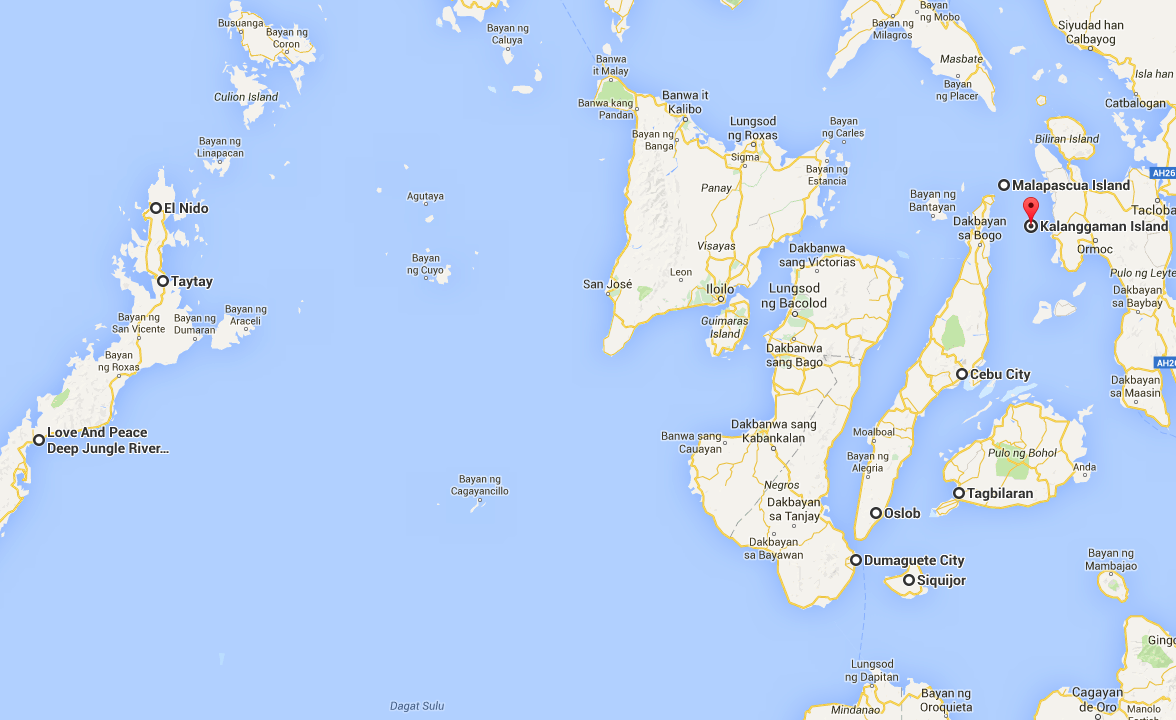 (Google Maps)
(Google Maps)
 [:en]
[:en]
When I booked my flight to the Philippines in October 2015 it was just because I found a cheap flight without knowing what this beautiful country has to offer. My boyfriend and I then started researching, watching youtube videos and looking for images and places on Instagram – and oh my gosh, I was so looking foward to coming to the Philippines. We had a rough plan about where we wanted to go: first Cebu Island’s surrounding area and then Palawan Island. After two months I found out that – according to Condé Nast Travelerreaders – Palawan Island is the most beautiful island in the world and also Cebu is listed on rank 19. I didn’t have any expactations because I just wanted to flee from the cold and grey weather in Europe, get a nice tan and eat heaps of fruits. And after five months of waiting, the adventure finally began.
I got up at 5 am local time in Austria, had my last coffee for the next three weeks and drove to Vienna’s airport. The journey was about to be really long, but I knew it would be worth the trip. We had three connecting flights: one in Zurich and the second one in Hongkong. But Cebu wasn’t the end of the trip; I asked our accommodation in Malapascua Island to arrange an airport pick-up for us that would take us to the very Northern tip of Cebu Island where we would take a boat to Malapascua Island. It was after 29 hours of traveling that we finally arrived at our place.
This 23day-journey was also the first one to be more spontaneous. The only accommodations I booked in advance were the ones after the flights (namely to Malapascua Island and Palawan). I was kind of nervous about it – typical worries like not finding a suitable accommodation on a short notice. But I knew that I made that mistake of prebooking everything ahead in Thailand and I didn’t want to do this mistake twice.
The rest of the trip was – as I already mentioned – roughly planned. On the last day in Malapascua Island we met two German speaking travelers who gave us advice on where to go next. They knew we wanted to do the whale shark watching in Oslob and so they recommended us continuing from Oslob to Dumaguete from where we could visit islands like Siquijor Island or Apo Island. We went back to our accomodation and planned the upcoming week until our flight to Palawan. Maybe it’s typical German/Austrian wanting to have planned everything in advance, but being spontaneous is probably the best thing when travelling in South East Asia, or at least I can say that I really enjoyed it.
Locals & their food
Filipinos are super nice and speak English fluently. At schools, all their classes are held in English. So whenever you’re lost or need help, they’ll most probably aproach you and ask if everything’s alright. They’ll point you the right direction, tell you that you have a flat tire (happend three times), help you find a good scooter etc…
Also, ordering dishes in restaurants is way easier when the personal can speak English. But when it comes to food and traditional meals, there is not much variety. Their dishes are influenced by the Asian kitchen in general. Adobo, Lechon, Pancit and Kinilaw count amongst their Filipino meals. Most of the time you want to order a Filipino dish you have no clue what that dish actually is because there are no explanations; and because most travelers want to play safe when it comes to avoid stomach issues, they end up ordering a burger, fajita, pizza or spaghetti. I met a lot of travelers who had problems with their stomach, so I can only advise you to be careful.
Speaking of restaurants – when it comes to serving food, Filipinos are really slow. So, if you don’t eat in a fancy restaurant, try to get used to the service. People are way more slow in Southeast Asia in general. I saw many people getting angry at the personal because of their service, but I think when travelling to a foreign country we – as travelers – have to get used to the people and their culture. Everyone deserves to be treated respectfully. That’s why I’d recommend to be more easy-going when travelling. This is the case for restaurants as well as for accommodation.
Accommodation
In the Philippines, there’s a wide range of accommodations at relatively cheap prices. Now, I rather prefer pretty and small accommodations as opposed to 4 or 5 star hotels. That way I can safe a bit of money. I kind of see myself right in the middle between luxury hotels and really really cheap accommodations. Also, in a place like the Philippines there is so much to discover, therefore not much time to spend in a hotel or in the room. In Asia in general it’s easy to find good and cheap accommodation that is clean and comes with an aircondition.
In the Philippines, I slept in places where the toilets had to be flushed with water in a bucket. But this is rather normal in Asia. Many accommodations call themselves “resorts” which they are clearly not. It just sounds nice, but for us Western people a “resort” is something different.
So, my advice to you guys is to read the reviews first and have a look at the pictures. If you expect a perfect service and a hotel with all the bells and whistels, I’d recommend staying in 4 and 5 star hotels. Everything else, like “resorts”, hostels etc. come with basic facilities and service. Sometimes your room won’t be cleaned daily, there is no mini-bar nor a hot water shower. But I must admit that those accommodations really offer many services like a laundry service, most of the time there is breakfast included in the price and also tours can be organized by your hotel.
What you shoud do RIGHT AFTER your ARRIVAL
Change or withdraw money
After your arrival, look for a ATM to withdraw money. As for my bank card, the ATM of BDO worked the best; all the other ATMs wouldn’t let me withdraw money. Maybe you’re lucky and your bank card isn’t as picky as mine 🙂 Most places in the Philippines (except cities) don’t provide ATMs, that’s why you should do this right after your arrival. Also, there is a limited amount of money that you can withdraw – for example: BDOs limit is 10,000PHP.
Also, take a bit of money with you in case your card doesn’t work. Sometimes you can’t pay with credit card and when you’re left with no money from the ATM, it’s always a good idea to have money for change as Plan B. But when it comes to changing money, banks in the city offer better rates (without an exchange fee) than exchange offices at the airport.
SIM card
Personally, a SIM card was crucial for me, since I had to book accommodations during my trip. Furthermore, I had read that Wifi connections are poor in the Philippines. So if you travel spontaneously, you might consider buying a SIM card at the airport.
But which one should you buy? Globe or Smart? When I arrived at the airport there were two different sellers and I chose GLOBE. There is not a big difference between those two, but I think the one I went for offers unlimited internet access. A card for 30 days with unlimited internet access costs 1000PHP. As it turns out, GLOBE offers a better network connection as opposed to Smart.
Which travel guide I would recommend
Jens Peters vs. Lonely Planet
A few months before my travels, I went to a book shop in order to compare Philippines Travel Guide (Jens Peters 27€) with the one from Lonely Planet (19,95€). I had read a lot of good reviews about the one from Jens Peters but still wanted to make sure to buy the right one. In the end, I went for the Philippines Travel Guide. I bought it right at the book shop, because it’s just a 1,50€ difference between Amazon and the book shop. Here’s the reason why I prefered the Philippines Travel Guide:
Philippines Travel Guide
In order to get from A to B on the Philippines, there is a lot of traveling involved – either per boat or plane. That is where the Philippines Travel Guide comes in handy: it offers a very detailed list of each place and its connection to other places. The section in for each place is called How to get there and away. This was really important for my travels, because we wanted to visit as much places as possible and therefore needed the advice from this travel guide.
Unfortunately, when it comes to describing places, this travel guide is a bit outdated. Touristy and busy El Nido is describeed with “There are scarcely any vehicles.”. So, if you also travel a lot around and want to know how to get from A to B, this is a really good and detailed guide.
The trip
Now, the Philippines constists of more than 7,000 islands. In order to get around, there were a lot of boat trips involved and, of course, one flight. When we had arrived in Cebu a taxi driver took us from the airport to Maya port, which is located right at the Northern tip of Cebu Island. From there, our first stop Malapascua Island was only a 30-minute boat ride away. During our stay on the island we did an island tour to Kalanggaman Island.
After four days on Malapascua Island, it took us one day (12 hours) to get from the Northern tip of Cebu Island to the Southern tip. We wanted to swim with the whalesharks in Oslob. So we stayed there for one night. The next day we continued our journey to Dumaguete, where we stayed two nights. It’s port was the base for us to visit either Siquijor Island or Apo Island. Also, from there we could easily reach Bohol, our final stop before our flight to Palawan Island. There isn’t much to see in Dumaguete but as it turns out, it is a very good base to visit other islands.
After one day on Bohol Island, we took a boat from Tagbilaran to Cebu City and stayed there for one night. The next day, we flew with Cebu Pacific to Puerto Princessa and continued right away to El Nido (five nights). We decided not to stay in El Nido for any longer and arranged a Van to Taytay (3 nights). After Taytay we wanted to go to Puerto Princessa, but by chance I found this sweet place named Love and Peace Deep Jungle River Resort right in the middle of the jungle, located next to a river, which was only a 45min ride away from the airport in Puerto Princessa, so we stayed there for 3 nights. For more details about each location, please refer to the categories where I give information on what accommodation I stayed at, where to eat and what to do. I won’t go into detail here, this could serve as a guidline for you and your travel plans in the Philippines. 🙂
Here is a quick overview of where I was:
 (Google Maps)
(Google Maps)
 [:fr]
[:fr]
En Octobre 2015, j’ai acheté mon billet d’avion sans savoir que m’attend aux Philippines. Le prix pour le billet était tellement bas. Mon copain et moi ont donc commencé à rechercher où aller sur Internet et Instagram – et seulement après je ne pouvais pas attendre mon séjour aux Philippines. On n’a pas planifié beaucoup en avance parce que nous avons eu plusieures idées et voulions voyager spontanément. Les deux îles principaux étaient Cebu Island avec les îles environantes et Palawan Island. Après deux mois, j’ai vu sur Internet que Palawan compte parmi les plus belles îles du monde et les lecteurs du magazine Condé Nast Traveler ont elu Palawan Island au premier rang. Egalement Cebu Island est une des plus belles îles du monde – au rang 19. Quand j’ai acheté mon billet je voulais que fuir le froid en Europe, bronzer un peu et manger plein de fruits – et après cinq mois il était enfin temps de partir en vacances!
Je me suis reveillée à 5h00, je me suis fait du café et partie vers l’aeroport de Vienne. Avec deux arrêts notre voyage était vraiment long: un à Zurich et l’autre à Hong Kong. Quand on est arrivé à Cebu, notre taxi nous a déjà attendu pour nous amener au port Maya, dans le nord de l’île. Notre premier logement étais sur Malapascua Island. Du port de Maya on a pris un bateau vers Malapascua Island. Après 29 heures de voyage nous sommes enfin arrivés.
Le voyage était d’une durée de 23 jours et on a voulait de voyager spontanément. J’ai reservé que deux logements en avance: c’étaient ceux-ci après les vols – alors Malapascua Island et Palawan. J’étais vraiment nerveuse parce que je ne suis jamais voyagé spontanément avant les Philippines. Mais j’ai déjà fait cette faute en Thaïlande.
Le dernier jours à Malapascua Island j’ai rencontré deux Germanophones qui nous on donnés quelques conseils sur d’autres endroits. Et comme ils nous ont dit, on a planifier les prochains jours. Ils nous ont raconté de leurs voyage et nous on recommandé Dumaguete comme point de départ pour visiter soit Siquijor Island soit Apo Island. Peut-être c’est typique pour les Germanophones de planifier tous en avance, mais la meilleure facon de voyager en Asie du Sud-Est c’est spontanément.
Les habitant & leur cuisine
Les habitants sont super sympa et comme les cours à l’école sont donnés en Anglais, il maitrisent l’Anglais très bien. Pour cette raison, ils sont heureux de vous aider trouver le vrai chemin ou trouver un scooter à louer.
En plus, la communication parmi les touristes et le personnel est plus facile. Malheureusement, il n’y a pas beaucoup de repas philippines. Leurs repas sont influencés des autres pays en Asie. Mais il y a quand même des repas interessant comme Adobo, Lechon, Pancit et Kinilaw. Souvent on a aucune idée sur les repas parce ils manquent des explications. De plus, les voyageurs ont peur d’avoir un problème avec l’estomac et commandent donc pizza, burger, fajita ou spaghetti. J’ai rencontré beaucoup qui ont eu des problèmes. Soyez donc attentif!
Une autre chose qui est vraiment important quand vous voyager aux Philippines (et même en Asie de Sud-Est) c’est d’être plus ouvert et respecter la culture et les gens. Le personnel au restaurant est vraiment lent et il y a beaucoup de touristes qui sont tellement méchant avec le personnel. A mon avis, c’est important de essayer de comprendre les gens et leurs culture. Et cela dans les restaurants et les logements.
Logement
Vous pouvez trouver un grand choix de logements aux Philippines. Le plupart vous offre des prix bas. Quant à moi, je prefère petits logements qui ne sont pas trop chèrs comme des hôtels de 4 ou 5 étoiles. Comme je ne suis pas dans la chambre pendant la journée (parce qu’il y a plein de choses à decouvrir), je n’ai pas beaucoup des attentes aux logements. Il me faut une chambre propre, peut-être avec une climatisation. Parfois vous trouverez un logement où il faut rincer les toilettes avec un bac de l’eau. Mais cela est courant aux Philippines et en Asie.
Alors, mon conseil à vous: regardez les évaluations sur les sites de réservation et aussi les photos. Si vous voulez un service parfait et un bon équipement, logez dans les hôtels de 4 et 5 étoiles. Tous les autres – qui s’appellent “resorts”, hostels etc. – ont un service d’un niveau bas. Parfois les chambres ne sont pas nettoyé tous les jours, ne disposent pas d’un frigo nor une douche chaude. Par contre, ces logements vous offrent un service ligne, le petit-dej est inclus et ils vous organisent les “island hopping tours” ou scooters.
Ce que vous DEVRIEZ FAIRE après l’arrivée
Changer ou retirer de l’argent
Quand vous arriverez (soit à Manila soit à Cebu), essayez de trouver un guichet automatique pour retirer de l’argent. Le guichet automatique de BDO a toujours fonctionné avec ma carte bancaire. Chez les autres guichets, ma carte ne marcheait pas. Mais je suis Autrichienne, vos cartes francaises (etc.) marchent peut-être partout. Beaucoup d’endroits n’ont pas des guichets automatique, c’est pourquoi je vous conseils de le faire directement après votre arrivée. En plus, les guichets automatiques on une limite fixé – celui de BDO par exemple vous donne que 10.000PHP.
Voyagez aussi avec des espèces pour changer de l’argent. Payer avec une carte de crédit est rare aux Philippines et si votre carte bancaire ne fonctionne pas vous avez encore des espèce à changer.
La carte de SIM
Quant à moi et mon voyage aux Philippines, une carte de SIM était essentiel. Je voulais reserver des chambre pendant mon voyage. Les connections de Wifi sont mauvaise partout aux Philippines. Si vous voulez voyager spontanément, achetez une carte de SIM. Ce n’est pas trop cher. Il y a un offert pour 30 jours avec internet illimité à 1000PHP et les connections marchent super bien! Je vous conseil d’acheter la carte de SIM de GLOBE qui vous offre une meilleure connection que SMART.
Quel guide (anglais) je vous suggère
Jens Peters vs. Lonely Planet
Bon, tout d’abord je vous dis que je prefère des guides en anglais. Si vous êtes interessés à mes deux favorits: Philippines Travel Guide (Jens Peters 27€) ou Lonely Planet (19,95€). J’ai acheté celui de Jens Peters et j’était vraiment content. Ce guide est un peu dépassé, mais vous y trouverez tous les connections en détail. Comme je n’ai pas voyagé avec un guide francais il n’y a donc pas un conseil pour un guide francais. Pour plus information sur le guide en anglais, visitez cet entrée en anglais.
Mon voyage
Il y a 7,000 îles aux Philippines. Pour voyager parmi les îles il faut prendre soit le bateau soit l’avion. Les premiers jours aux Philippines, nous avons trouvé un joli bungalow à côté de la plage à Malapascua Ilsand. Il y a un tour qu’on peut faire pour visiter Kalanggaman Island à partir de Malapascua Island. Après notre séjour à Malapascua Island, on a pris le bateau pour aller à Cebu Island et puis chercher un minibus pour aller au sud de l’île. Nous avons eu intention de faire de la plongée avec un masque et un tuba à Oslob qui est un endroit connu pour les requin-baleines. Les voyages d’un endroit à l’autre peut être vraiment long. Notre trip de Malapascua Island à Oslob était d’une durée de 12 heures. Après Oslob on a continué notre séjour à Dumaguete, le parfait point de départ pour visiter Siquijor Island et continuer vers Bohol Island après deux nuits dans la ville.
A Bohol, nous avons logé à Tagbilaran qui est aussi un bon point de départ pour continuer vers Cebu. Le jour après on a pris le vol pour Puerto Princessa sur Palawan Island. Mais on n’est pas resté à Puerto Princessa. Un minibus nos a conduit pendant 6 heures à El Nido dans le nord de l’île. Pendant cinq jours, on a visité des plages et des îles. Taytay (3 nuits) était notre prochain arret après El Nido. Les derniers jours avant notre vol vers Cebu on a relaxé à Love and Peace Deep Jungle River Resort dans la jungle, 45 minutes loin de Puerto Princessa.
Pour plusieurs informations et détails sur des restaurants, des logements et des visites/tours consultez les propres entrées sur mon site web. Cette entrée là peut vous servir comme base pour votre planification. Et pour mieux comprendre quels endroits j’ai visité et où ils se trouvent voici une carte:
 (Google Maps)
(Google Maps)

[:]

